

Erik F. Øverland President



Erik F. Øverland President
Dear Members, Colleagues and Friends,
WELCOME to a new issue of the Human Futures Magazine. It’s more interesting than ever, I would say. Not at least regarding the geopolitical context in which these reflections are now embedded. The newest version of the Russian crime against Ukraine soon “celebrates” its 3rd anniversary. A truth-denying and story-inventing presidential candidate might win the election in the US. The world order is reorganising its regional orientations at high speed. The Middle East is on fire, and many other regional conflicts are burning. Just to mention a few.
On the other side, the world has also never seen so much investment in research, Science, education, health, and culture as of today. As futurists, we are trying to navigate in such landscapes. One way to do this is to engage itself in the UN system and advocate fundamental reforms. And, that is exactly what we are doing. The WSFS is accredited for the UN Summit of The Future on September 22nd - 23rd. In addition, we organize side events in the days before the summit. We have, together with other futures organizations, created a position paper about our principal take on the UN-system and forwarded this to the Secreatary General of the UN.
This is the background on which the perspectives and reflections in this issue of the Human Futures Magazine has to bee seen and evaluated. Here you will find an unique range of interesting perspectives and topics, spanning from Anticipatory systems for sustainability, AI and Cern research, Plantization, perspectives on growth and sustainability, Science Fiction and Futures and so much more.
Further, also in this issue you will find interesting Bookreviews, Technical Notes, and not least – a report from the WFSF participation in the UN preparatory summit of the future in Nairobi a few months back.
I wish you all a happy READING!
Sincerely Yours, Erik

Erik F. Øverland President

World Futures Studies Federation (WFSF) wfsf.org president@wfsf.org



Erik Øverland Editor-In-Chief
Claire Nelson Editor-At-Large
“Until we see the value of sharing the future, we will not achieve the future we most value”

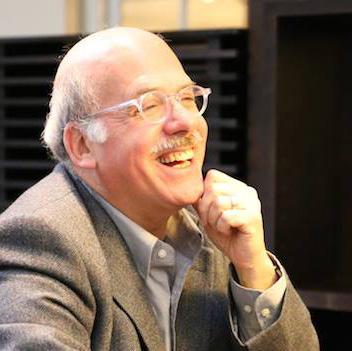
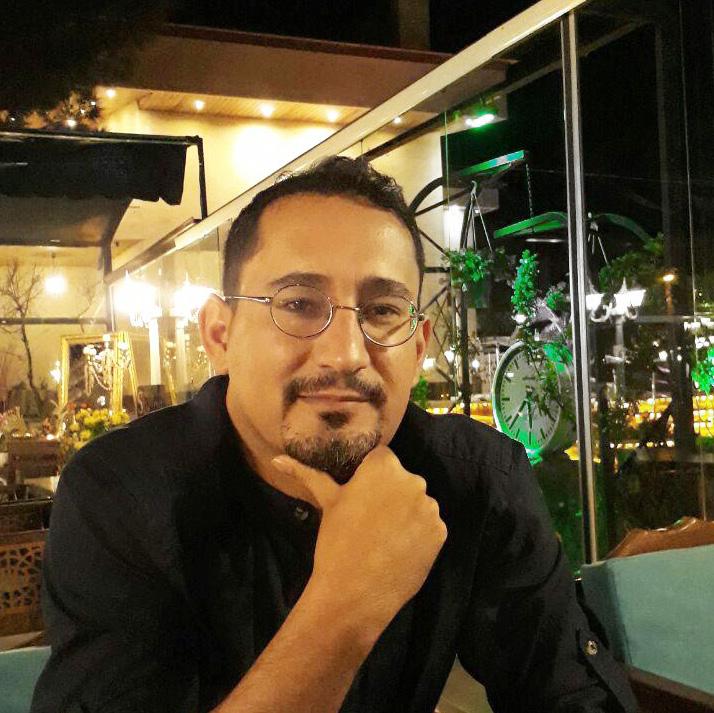
Hank Kune
Features Editor
The future is not what it used to be
Amy Fletcher
Features Editor

Mohsen Taheri News & Events Editor
Kevin Jae
Copy Editor
Historia abscondita. Every great human being exerts a retroactive force... There is no way of telling what may yet become part of history. Perhaps the past is still essentially undiscovered! So many retroactive forces are still needed!” - Nietzsche
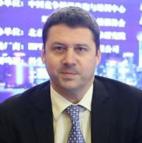

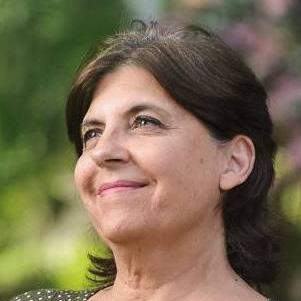
Cristophe Bisson
Copy Editor
“Future that is sustainable requires to hybridize Human and Machine”s
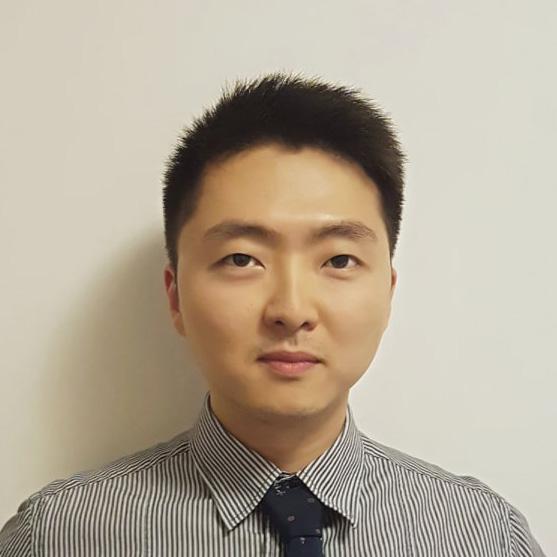
Leopold Mureithi
Review Room Editor

Rosa Alegria
PR & Marketing
“Hope is the fuel that drives the engine of the desired future”
Elissa Farrow
Features Editor

The future requires us to be comfortable with uncomfortableness. Love, listen and respect each other on our way to the future.






By Claire A. Nelson
THE UN Summit of the Future has me in high spirits, for it is evidence that the UN has finally come around to seeing the world, and the truth as I and others in my tribe have long seen it. This truth is that despite our very individual hopes and dreams for our lives and the dizzying diversity of futures we want (each of us seven billion), the future is part of THE Global Commons. Yes, I said it.
I know the term Global Commons typically refers to the natural resources, ecosystems, and areas that are not owned by any single nation or entity but are shared by all of humanity, crucial to the environmental stability and overall well-being of the planet, and require cooperative management and protection due to their global significance.
Traditionally key areas of the Global Commons have included:
The Atmosphere is essential for life, regulating climate and providing breathable air. It is considered part of the global commons because no single country controls the atmosphere, and it is affected by activities across
borders, such as air pollution and greenhouse gas emissions.
The High Seas - the areas of the ocean that lie beyond any nation’s exclusive economic zone (200 nautical miles from the coast). The high seas make up over 60% of the Earth’s ocean surface and are vital for biodiversity, marine life, and the global climate system though vulnerable to overfishing, pollution, and exploitation.
Outer Space - ‘out there’ including celestial bodies like the moon and planets, is considered part of the global commons because it is beyond the sovereignty of any one country. Its management and exploration, including issues like satellite use, space debris, and potential future resource extraction, require international cooperation and regulation.
Antarctica - governed by the Antarctic Treaty System, which designates it as a global common to be used for peaceful purposes and scientific research. No nation owns Antarctica, and it is protected from activities like military operations and mineral exploitation.

Cyber Commons – a fairly new addition, to the global internet and cyberspace, is a critical shared space that transcends national borders, making cybersecurity, data privacy, and access to information key global concerns.
The Global Commons (described above) provide critical ecosystem services, such as regulating the climate, maintaining biodiversity, and ensuring the productivity of the oceans. Overuse or degradation of these areas can have devastating consequences for the entire planet. We have shared rule books because the Global Commons require international cooperation and governance to ensure they are managed sustainably. This is crucial in addressing challenges like climate change, ocean pollution, maintaining ecological balance, and space exploration. Managing the global commons also involves questions of equity, as all nations, including developing ones, should have fair access to resources and opportunities from these shared spaces without being disproportionately harmed by their degradation. Sustainable stewardship is vital for humans ‘thrival’.
The reality is that such common-pool resources are susceptible to what is termed the “tragedy of the commons,” where individual entities overexploit shared resources for short-term gain, leading to long-term depletion or damage. This includes overfishing in the high seas or excessive greenhouse gas emissions. Countless treaties and agreements exist (such as the Paris Agreement for climate or the United Nations Convention on the Law of the Sea for oceans). However, governance of the Global Commons can be challenging due to competing national interests, enforcement difficulties, and the lack of a unified global authority. Thus, the Global Commons are at risk from human activities like pollution, deforestation, climate change, and resource extraction, which threaten the ecological balance and sustainability of these critical areas, which in turn threaten our survival, and our future.
This is why the UN Summit of the Future (SOTF) is an idea whose time has come.
‘The Future’ begins and spans across multiple interconnected domains spiraling out from the Noosphere -- the sphere of human thought, consciousness, and intellectual activity, evolving as a new layer of influence over the Earth. Coined by scientists Vladimir Vernadsky and Pierre Teilhard de Chardin, the noosphere follows the development of the geosphere (physical matter) and the biosphere (living organisms). Unlike the geosphere and biosphere, which are shaped by natural processes, the noosphere is created through human cognition, creativity, and collective thought.
The noosphere encompasses the sum of all human knowledge, culture, communication, and intellectual achievements, which drive innovation and shape our collective vision of the future. As an evolutionary step, the noosphere highlights humanity’s ability to consciously influence the Earth’s future, from scientific discoveries and technological innovation to ethical and philosophical considerations about how we coexist with nature. The digital age, with its interconnectedness through the internet and global collaboration, can be seen as a current manifestation of the noosphere. Thus, the noosphere is both a conceptual and tangible realm, where human thought becomes a powerful force shaping the future of our world (manmade) and the planet (nature). We can see now that our collective mind, actions, and innovations will determine the sustainability and evolution of life on Earth. The noosphere, encompassing the totality of human knowledge, creativity, and intellectual progress, plays a vital role in determining how we envision, plan, and build our shared future. Thus ‘The future is a global common’.
Our ability to thrive in the future requires our collaboration to balance the needs of humanity with the health of the planet. We must make choices that ensure that our technological,
environmental, and intellectual developments work together for the common good of all life on our home planet Earth. The future like the Earth’s atmosphere, and geosphere is a shared resource. It is not the domain of any one nation, group, or individual, but a collective space shaped by our actions, decisions, and collaborations today – the noosphere. The future can be either nurtured for the common good or diminished by short-sighted exploitation. In recognizing the future as a shared responsibility, we see the need to refresh and make future-ready our multilateral governance systems so that we can ensure the well-being of generations to come, by protecting all the essential commons we share today.
The future, as both conceptual and physical reality, is shaped by the artifacts we create and the shared visions we cultivate. Our collective thoughts, dreams, fears, and hopes for tomorrow form an evolving tapestry. Many of the futures that dominate our airwaves are frightening—marked by ecological collapse, hardened inequality, or conflict. Too few of the futures we see are aspirational, filled with technological marvels, peace, and sustainability. Since what we think about is what we create, the future is a space where humanity must act collectively to ensure that it is equitable, inclusive, and sustainable. The UN Summit of the Future is our response to our collective awareness of the arrival of the Anthropocene—a new geological epoch defined by human impact on the Earth—which demands a fundamental rethinking of how we share the future. This reality necessitates an updated rulebook, one that prioritizes sustainability and the collective well-being of all people and species. The Sustainable Development Goals (SDGs) represent an ambitious attempt to codify such a rulebook, offering a global blueprint for eradicating poverty, reducing inequality, and addressing climate change. However, progress has been slow, and the SDGs themselves are in danger of being unmet. To realize a sustainable future, the world must accelerate its efforts and adopt a more cooperative and integrated approach to governance, that transcends borders, ideologies, and short-term interests. We need a paradigm shift. And we need it fast.
The UN Summit of the Future is the current outcome of years of evolution of our seeing ourselves as parts of one world. From the late 19th century through the present, international conferences and gatherings have aimed to shape a shared global future. The Congress of Vienna (1815) sought to create a post-war order after the Napoleonic wars, a precursor to later gatherings like the Hague Conferences (1899, 1907), which addressed global disarmament and the laws of war. Fast forward to the 21st century, and the United Nations Summit of the Future serves as a modern-day continuation of these earlier efforts to create frameworks for global cooperation. Such conferences have been pivotal in shaping international norms, binding nations through treaties and agreements that reflect an ever-expanding consciousness of the Earth as a single, interconnected system. The Noosphere idea echoes in


these gatherings, as humanity increasingly recognizes that our fates are intertwined, and collective action is necessary to face shared challenges like climate change, pandemics, and nuclear proliferation.
World Fairs have also played a crucial role in imagining the future as a shared space. The Great Exhibition of 1851 in London marked one of the earliest attempts to showcase technological and industrial innovations with a global audience in mind. The World’s Fair of 1939 in New York, with its iconic theme “The World of Tomorrow,” explicitly invited the world to envision a future shaped by technology and progress. These expositions were both a celebration of human achievement and a speculative look at what was to come. They helped frame the narrative of the future as something not just to be predicted but actively shaped. The legacy of these fairs reminds us that imagining the future is a collective exercise, one that must be inclusive, hopeful, and rooted in shared human values. The UN Summit of the Future is designed to be a forwardlooking platform that moves beyond reactionary approaches and focuses on long-term strategies to secure the future of humanity.
Many denigrate the UN as just another ‘talk shop’. All talk but no teeth. But the reality is it is not hard to imagine a far worse alternative history—a world where the United Nations does not exist. In the words of the late Emperor Haile Selassie made visible and immortal by the Honorable Robert Nesta Marley, “Until the philosophy that holds one race superior and another inferior is finally and permanently discredited and abandoned, everywhere is war.” Consider the relentless pursuit of atrocities everywhere even under the watch of the entire world, given that the 24-7 news cycle transmits images of bombings and bloodshed as a service of our entertainment empires. Consider the world without the UN! Yet we know that the establishment of institutions is not enough. We need a paradigm shift if we are to achieve global sustainability. A flourishing future can only be built on shared values like solidarity, mutuality, altruism, reciprocity, and trust. Zoetic visions, as opposed to dystopian dreams, demand we see ourselves not just as co-habitants of this planet, but as co-authors of its future. We need to ensure that our leaders become future literate.
UNESCO defines future literacy as “a capability that enables people to better understand the role that the future plays in what they see and do.” It emphasizes that futures literacy is about being able to imagine multiple futures and use those insights to inform decisions and actions in the present and deal

with complexity and uncertainty in a rapidly changing world. In the words of Riel Miller, by developing futures literacy, individuals and organizations can move beyond passive predictions and embrace active exploration of possible futures, empowering them to make more informed, adaptable, and resilient choices in the present. Ziauddin Sardar, a futurist and scholar, offers the perspective that futures literacy is “the ability to understand and constructively engage with future possibilities, including the ability to decolonize the future”. For our world of 7 billion people with varying hopes, dreams, and nightmares shaping the noosphere, it means recognizing that different cultures and perspectives can shape future visions and that there is no single, dominant future. Rather there is a plurality of potential futures embedded in the Noosphere waiting to be explored.
The significance of the UN Summit of the Future lies in its ambition to reshape global governance. In the face of rising nationalism, populism, and isolationist tendencies, the multilateral system that has guided international relations since the mid-20th century is being challenged. Our rule books will need to address existential threats, reimagine global cooperation, and foster ethical digital and technological governance. The SOTF seeks to rejuvenate our multilateral ecosystem, recognizing that no nation, no matter how powerful, can tackle these global challenges alone.
The key to human thrival—going beyond mere survival—is collaboration. A strong multilateral ecosystem is essential for creating zoetic futures -- a world where humanity thrives, not just in terms of economic prosperity but in environmental sustainability, social equity, and peace. As the COVIDemic showed us, public health, climate change, and food security are problems that no single nation can solve. A strong multilateral ecosystem ensures that the voices of smaller or less powerful nations are not drowned out by larger players. This inclusivity is crucial for global equity, as the world’s poorest and most vulnerable populations are often those most affected by global crises like climate change or pandemics. The multilateral system has long been central to global peacekeeping efforts. The summit is expected to discuss reforms to peacekeeping operations, focusing on modern threats such as terrorism, cyber-attacks, and proxy wars, thus ensuring the UN remains relevant and effective in a rapidly changing global security landscape. The interconnected nature of our economies means that the collapse or instability of one nation can ripple across the globe. The COVID-19 pandemic also highlighted the fragility of global supply chains and exposed the weaknesses in the economic safety nets of many countries. A strong multilateral ecosystem fosters economic resilience by encouraging international cooperation on trade, development, and financial stability.
The UN Summit of the Future emphasizes that the future of humanity is interconnected, and our collective well-being depends on how we work together. And by we, I mean ‘WE the people’, whether we sit in government, the public sector, the private sector, or the plural sector, that is to say, civil society. We the people have to revitalize the multilateral system, via a whole ecosystems approach to co-create a new era of collaboration— one where nations and peoples come together not just to survive but to thrive in an equitable, and sustainable world for generations to come.
In the words of former UN Secretary-General Kofi Annan, “We can love what we are, without hating what we are not.” A strong multilateral ecosystem embodies this sentiment, recognizing that while we are many nations, we share one planet—and our future depends on how well we work together to protect and nurture it. To envision and pursue zoetic futures is to recognize that human flourishing is a shared pursuit that prioritizes the common good, and harnesses collective intelligence to co-create a world in which every person, every nation, and every species can thrive. The future we share is the future we must create—together. The Future is a Global Common.
Dr. Claire A. Nelson, Author of SMART Futures for a Flourishing World, and named among Top 50 Female Futurists on Forbes is Editor-at-Large of Human Futures, and Board Member of World Futures Studies Federation.

Hypothesis
AS we contemplate creating zoetic futures through increased futures literacy, a key question is who will help us to acquire the capability. And if our ability to achieve success is predicated on our ability to measure that which interests us, I wanted to take a measure of what might be the best ways to shape futures literacy and thus share the future. Given the role that AI will play in cataloging human intellectual endeavors, I decided to ask Chat GPT for the list of the ten leading futures institutions that are shaping our study of our futures, past, present, and post. These are the results.
Five of the world’s oldest and most significant futures organizations, which have been instrumental in shaping the field of futures studies (also known as foresight or futurology) and promoting the exploration of long-term trends, scenarios, and possibilities are as follows:
1. World Futures Studies Federation (WFSF)
Founded: 1973
Location: Paris, France (initially), now operates globally.
Significance: The WFSF is one of the oldest and most prominent international futures organizations. It was established to bring together futurists, scholars, and policymakers from around the world to share knowledge, methodologies, and research on the future. The WFSF focuses on fostering futures literacy and critical foresight thinking in a wide range of disciplines and sectors.
Founded: 1968
Location: Palo Alto, California, USA

Significance: The Institute for the Future is one of the oldest futures research organizations in the United States. It provides strategic foresight and future scenario planning for businesses, governments, and nonprofits. The IFTF is known for its focus on technology, social change, and innovation, and it has been a leader in helping organizations navigate long-term futures.
3. The RAND Corporation (Futures Research Division)
Founded: 1948 (RAND Corporation), Futures Research Division developed in the 1950s.
Location: Santa Monica, California, USA
Significance: RAND Corporation is a globally recognized think tank that has been involved in futures research since its early days, particularly after World War II. While not originally focused solely on futures studies, its work on long-term defense strategies, technology, and policy planning laid the groundwork for modern futures research methodologies such as scenario planning and systems analysis.
4. The Millennium Project
Founded: 1996
Location: Washington, D.C., USA (Global network)
Significance: The Millennium Project is a global think tank that researches future challenges and opportunities. It was launched by the United Nations University, the Smithsonian Institution, and the Futures Group International. The organization is known for its State of the Future reports, which provide comprehensive analyses of long-term global issues such as governance, sustainability, and technological innovation.
5. Futures Studies Center at the University of Houston
Founded: 1974
Location: Houston, Texas, USA

Significance: This center is one of the earliest academic programs dedicated to futures studies. The Futures Studies Center at the University of Houston offers one of the few advanced degree programs in foresight, making it a pioneer in educating futurists. It plays a key role in developing futures methodologies, scenario analysis, and strategic planning for both public and private sectors.
These organizations were among the first to institutionalize futures studies and establish frameworks for understanding and planning for the future. Each has contributed to the development of foresight methodologies, scenario planning, and the exploration of global trends and uncertainties across sectors such as technology, policy, sustainability, and social change.
Five of the world’s top museums that focus on or frequently exhibit themes related to the future, including technological advancements, sustainability, and speculative futures are as follows:
Location: Dubai, United Arab Emirates
Significance: Opened in 2022, the Museum of the Future is one of the world’s most forward-thinking institutions, designed to explore humanity’s relationship with technology, space, and sustainability. The museum features immersive experiences and interactive exhibits that envision the future in areas such as climate change, artificial intelligence, space exploration, and biotechnology.
Location: Nuremberg, Germany
Significance: A branch of the Deutsches Museum, the Future Museum (Zukunftsmuseum) focuses on the intersection of technology and society, offering a deep dive into how technological innovations are shaping the future. The museum covers topics like robotics, AI, genetics, and sustainable technologies, with an emphasis on interactive experiences.
Location: Seattle, Washington, USA
Significance: While primarily a museum about science fiction, this museum offers a unique look into how science fiction has inspired visions of the future in culture and technology. It includes exhibits on futuristic technologies, space exploration, and the impact of speculative fiction on innovation and creativity.
Location: Linz, Austria
Significance: Known as the “Museum of the Future,” the Ars Electronica Center focuses on the fusion of art, technology,
and society. Its exhibits explore cutting-edge advancements in artificial intelligence, robotics, biotechnology, and digital culture, offering a futuristic look at how these innovations could shape human life. It is also home to the annual Ars Electronica Festival, which explores the intersection of art and future technologies.
Location: Washington, D.C., USA
Significance: Part of the Smithsonian Institution, the Futures exhibition opened in late 2021 to celebrate the Smithsonian’s 175th anniversary. Hosted at the Arts and Industries Building, the exhibit focuses on the future of humanity, featuring groundbreaking innovations and speculative futures across science, technology, and design. It looks at various potential futures in fields like transportation, climate solutions, and human-centered design.
These museums and exhibitions place a strong emphasis on forward-looking themes, presenting interactive, speculative, and technological visions of what the future might hold for humanity. Each museum, in its unique way, explores the possibilities of the future by blending science, art, and technology, helping visitors to imagine and critically think about the world to come.
I have no idea on which criteria this list was devised. Was it by several queries? Several SEO backlinks? But in any case, this list is not surprising. ChatGPT is colonized by its English language and Western intellectual thought bias. For all we know there are data sets in Hindi and Mandarin that were not explored. Thus, the results of this Futures Barometer should only imply that these ten institutions are some of the ones truly driving our views of the future and the shape of the noosphere. The civil society organization conference of the UN Summit of the Future held in Nairobi, was attended by 2158 civil society representatives, 317 officials from Member States, International Organizations, and the UN system, 67 media representatives, and 47 volunteers, from 115 countries, with hundreds more online. They engaged in 62 off-site and online events, 38 onsite workshops on day one, more than 20 ImPact Coalitions on day two, put out 64 exhibits, engaged in media moments and creative partnership building at the intergenerational hub, and 4 plenary sessions, each filling the space. And I would say that many, if not most, of those who attended would say if surveyed, that they are more influenced by blockbuster movies like STAR WARS and THE MATRIX, than any of the organizations listed above. Perhaps we need a new metric that can truly measure what and how we will shape the future we want. A Futures Literacy Index anyone? Mission Impossible!



By Christophe Bisson

AS there are growing signals coming from nature, earth and countries that the world risks a future of “serious instability and climate chaos” (UN, 2024), we need among other new anticipatory systems to help achieve sustainability in the vein of the coming UN “Summit of the Future” (Sept 2024).
To achieve sustainability, all impacting topics should be considered going beyond financial and economic factors, including environmental, social, geopolitical variables (among others) rendering the decision system much more complex as it leads to potentially considering much bigger amounts of data. Yet, the volume of data grows exponentially with time which increases the difficulty to be able to dig into the so-called ‘big data’.
This requires the construction of de-siloed decision-making systems, a convergence of fields to become un-disciplinary.
To be able to predict all futures precisely remains science fiction. There are two sciences that help us think about the future: Forecasting and foresight. The first one, increasingly augmented
by Artificial Intelligence, posits a certain result via quantitative methods (e.g. on the parity of currencies); the second one aims to explore possible futures, to help decision-makers to be prepared for different situations, thereby going beyond their preconceptions. Most of the time, foresight uses qualitative methods, without the intervention of AI (e.g. the use Natural Language Processing for sensing). Both forecasting and foresight as sciences have their advantages and disadvantages. Forecasting works in some areas, but on multidisciplinary aspects - such as having a 360 degree strategy, it does not provide good results. Indeed, for some topics like geopolitics, where actions can be biased by non-rational movements, the psychology of decision-making must be considered, and the use of foresight techniques can provide better understanding of futures.
Thus, I built a platform that combines forecasting with AI and Foresight in order to sharpen by the best way all possible futures and bullet proof its consequences with gen AI and humans. Thereby, machine and human intelligence are combined.
How does it work?
Firstly, we use AI, machine learning, and work with data sets to understand as much as possible the impacting variables for any sector, their weights and accuracy of predictions. For instance, figure 1 shows the projection of a value curve (in blue) and to which extent two different models chosen (in red and green) fit this curve or not. Yet, some calculations also make it possible to understand the weight of variables and the accuracy of the prediction.

Figure 1. The use of AI for forecasting
Therein, AI provides inputs that help to understand a part of a complex situation. But to have a full understanding of the variables and grasp all aspects of complex problems, have a holistic view and make sharp explorations of possible futures, the remaining variables are being collected via a selection of experts. All the values obtained by the alliance of AI and humans are then integrated into another module of the platform which makes it possible to calculate all possible scenarios and select the most interesting scenarios as possible futures, visualise them, see the impact and the probability of occurrence of these possible futures. For instance, figure 2 presents a scenario for the nuclear energy market that was shown at the 3d congress on Anticipation in Oslo.

Figure 2. Visualisation of scenarios for the nuclear energy sector (Boirel and Bisson, 2019)
Obviously, one can see thanks to other applications the explanatory variables of the scenario, their weights among others. This platform therefore allows the convergence of foresight and forecasting (use of AI), i.e. the convergence of human and artificial intelligence. Yet, scenarios, all its variables which can be several hundred are going to be analysed by generative AI to name the scenario, describe it and propose strategic implications (see Figure 3).

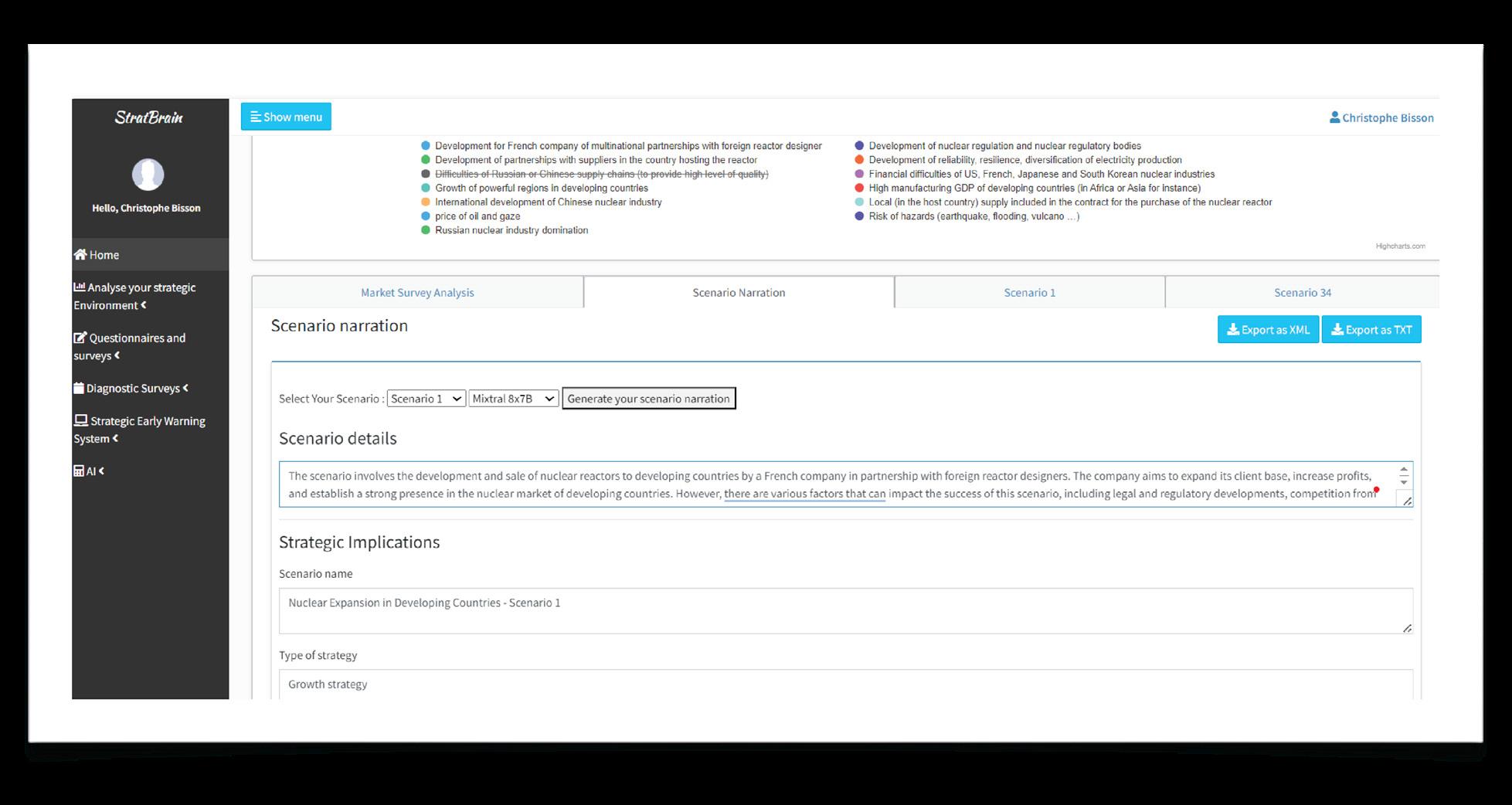
Figure 3. Strategic Interpretation with gen AI
Toward an anticipatory system for sustainability:
Therefore, an organisation aiming to create an anticipatory system needs to gather insights thanks to a network of sensors on the web, information and analysis provided by people on the ground and the use of new datasets ; this will feed the decision system built previously, allowing to update all the time the initial model as accurate representation of the ecosystem in real time, combining AI and human expertise, and keep exploring all the time possible futures, its consequences and how to address them to enlighten decisions and actions (see for examples Welferinger and Bisson, 2022; Bisson and Dou, 2017).
Thus, sustainability can potentially be achieved thanks to 3 convergences: 1) Disciplines to become un-disciplinary; 2) human and machine intelligence and 3) people all around the world.
Mr Gutteres stressed that “the principle of working together, recognizing that we are bound to each other and that no community or country, however powerful, can solve its challenges alone” (UN, 2024). Let’s hope that nations will unite, and technology, AI could potentially help to reach global wisdom and lead to better and sustainable societies.
REFERENCES:
1 Bisson, C. and Dou, H. (2017). Une Intelligence Economique et Stratégique pour les PME, PMI et ETI en France. Vie & Sciences de l’entreprise, 204(2), pp. 164 -179.
2 Boirel, D. and Bisson, C (2019). Strategic Early Warning System for the French Nuclear Industry: A Hybrid Approach for Better Anticipation, 3d congress on Anticipation, Oslo.
Christophe Bisson, Ph.D. is a Assoc Professor at Skema, Scientific Director of Msc Business Consulting & Decision Intelligence (Paris) Full member of World Futures Studies Federation
3 UN (2024)The future of the UN: Time to think big, urges Guterres | United Nations
4 UN (2024)The future of the UN: Time to think big, urges Guterres | United Nations Welferinger S. and Bisson, C. (2022). Vaincre la surprise stratégique pour l’économie de la Défense via le système stratégique de signaux précoces. Vie & Sciences de l’entreprise, 2-3(214-215), pp. 288-306.


By Ljubisa Bojic
GENERATIVE AI, a subset of artificial intelligence capable of multimodal content creation, is evolving toward general AI systems able to perform a broad array of tasks. Contemporary neural networks, often seen in technologies like Large Language Models (LLMs) and ChatGPTs, appear to possess cognitive abilities, acting as general brains.
Some researchers claim these algorithms even possess a “Theory of Mind,” which refers to the understanding that other people have their own thoughts, feelings, beliefs, and perspectives that are different from one’s own. On the other hand, our team found that GPT-4 surpassed human performance in linguistic pragmatics, demonstrating superior understanding of complex human dialogues with various linguistic challenges.
At the same time as these research inquiries take place, developers are rapidly integrating these powerful algorithms into various aspects of our daily life and industries. However, these advancements come with a significant challenge: the potential loss of human agency to AI-driven applications. Without human control and robust governance, the
dominance of AI could lead to unpredictable and potentially catastrophic outcomes.
There is an immediate need for solutions implemented through multinational and multidisciplinary projects, agencies, and agreements. A tripartite strategy comprising an AI Observatory, complex virtual reality simulations akin to CERN, and improvements in recommender systems could set the stage for a safer AI future.
The first essential institution in this framework is an AI Observatory—an agency dedicated to continuously monitoring and testing AI technologies. This body would systematically prompt various language models to understand the values and attitudes these models express. By conducting parallel surveys of human values, the observatory can compare AI’s alignment with human values. The AI Observatory would also measure AI’s evolving capabilities and detect emerging properties as these systems become more humanoid.

As AI’s cognitive and emotional capacities grow, monitoring these aspects becomes crucial in developing empathetic AI that aligns with human values and ethical standards. This becomes even more relevant as machine consciousness and superintelligence emerge.
The second critical component involves creating complex virtual reality simulations that mirror our world. These simulations would serve as testing grounds for generalpurpose, multimodal algorithms. Within these virtual environments, AIs would interact, communicate, and collaborate, each endowed with specific “personalities”, backgrounds, goals, and the autonomy to function independently.
Imagine a video game that plays itself, with inputs controlled by human overseers. Such simulations could open up questions about machine consciousness and its evolution within a controlled setting. The insights garnered from these simulations would not only aid in developing safe and aligned AI systems but would also ignite philosophical debates about our own existence. If we can create a controlled, semi-self-evolving world, does it suggest that our own reality might also be a simulation?
The third pillar, arguably the most pressing, is addressing the
issue of outdated AI models, notably recommender systems often employed by social media platforms. As these models would be w integrated with generative AI, their effects would be amplified. There is growing evidence that current algorithms contribute to increased social polarization, media addiction, and limited creativity. These recommender systems have, for too long, acted as echo chambers, amplifying specific content while restricting exposure to diverse viewpoints.
Developing balanced algorithms capable of providing a mixture of educational content, entertainment, and topic plurality could mitigate these effects. The goal is to curate social media feeds that foster balanced emotions and varied perspectives, promoting a more informed and less polarized society.
The culmination of efforts from the AI Observatory and virtual reality simulations would inform governments and intergovernmental organizations about necessary AI regulations. However, implementing effective global AI governance requires transcending geopolitical rivalries, such as those between the United States and China. The only viable pathway for global cooperation involves leveraging frameworks provided by international bodies like the United Nations (UN).
AI governance should prioritize inclusivity and


collaboration, emphasizing the need to balance technological progress with ethical considerations and human values. This approach aligns with the broader objective of the EMERGE Forum and the scientific conference organized by the Institute for Artificial Intelligence Research and Development of Serbia, in collaboration with the Digital Society Lab at the Institute for Philosophy and Social Theory, University of Belgrade. EMERGE 2024, which will focus on the Ethics of AI Alignment, is scheduled to take place from December 12 to 13 in Belgrade, Serbia.
Conclusion
Establishing a CERN-like entity for AI is not just a futuristic vision but a necessity for our global future. The AI Observatory would serve as a sentinel, continuously monitoring and aligning AI values with human values. Complex virtual reality simulations would function as sophisticated testing grounds to ensure AI’s safe and ethical evolution. Revisiting and revising recommender systems would mitigate the social
REFERENCES:
1 https://ljubisabojic.com/
2 https://emerge.ifdt.bg.ac.rs/
3 Bojic, L., Cinelli, M., Culibrk, D. Delibasic, B. (2024). CERN for AI: a theoretical framework for autonomous simulation-based artificial intelligence testing and alignment. European Journal of Futures Research, 12, 15. https://doi.org/10.1186/s40309-024-00238-0
4 Bojic, L. (2024). AI alignment: Assessing the global impact of recommender systems. Futures, 160, 103383. https://doi.org/10.1016/j.futures.2024.103383
challenges posed by current algorithms, promoting a more balanced and informed society.
The collective insights and data from these initiatives would guide governments and international organizations in crafting effective AI regulations, fostering multinational cooperation, and ensuring that AI technology benefits humanity as a whole.
As we stand on the brink of an AI-driven future, the establishment of a “CERN for AI” represents a proactive step towards ensuring that this future aligns with our shared human values and ethical standards, safeguarding the well-being of future generations.
Ljubisa Bojic is a communication scientist, futurologist, and researcher. As a senior research fellow at both the Digital Society Lab, Institute for Philosophy and Social Theory at the University of Belgrade, and The Institute for Artificial Intelligence of Serbia, his work focuses on the intricate intersections of AI, society, and ethics.
5 Bojic, L. (2022). Metaverse through the prism of power and addiction: What will happen when the virtual world becomes more attractive than reality? European Journal of Futures Research, 10(1), 22. https://doi.org/10.1186/s40309-022-00208-4
6 Bojic, L., Kovacevic, P., & Cabarkapa, M. (2023). Gpt-4 surpassing human performance in linguistic pragmatics (arXiv:2312.09545). arXiv. http://arxiv.org/abs/2312.09545
Kosinski, M. (2024). Evaluating large language models in theory of mind tasks (arXiv:2302.02083). arXiv. http://arxiv.org/abs/2302.02083
By Nicole Loeser

In response to a world grappling with unparalleled environmental and social challenges, the Art for Futures Lab (AFFL) has emerged as a pioneering platform, dedicated to reimagining future paradigms through a synthesis of art, science, and technology. Founded during the global uncertainty of 2020 by Angelica Böhm, Professor for Scenography at Film University Babelsberg, and Nicole Loeser, Director at the Think and Do Tank Institute for Art and Innovation, the AFFL has developed methodologies that blend creative and analytical approaches to explore transformative solutions.
Central to the AFFL are the ‘Future Prototyping Workshops,’ which engage participants with a diverse archive of over 400 documented sustainable innovations to construct detailed visions for the year 2050. This method is more than speculative; it serves as a call to action, encouraging participants to co-create desirable futures where technological and ecological responsibilities intertwine. Its interdisciplinary approach fuels imagination and instills a sense of agency in participants. By integrating speculative design, world-building, design thinking, and futures thinking within an



artistic framework, the AFFL creates immersive experiences that challenge conventional thinking about future prospects.
The transformative learning process at the Art for Futures Lab transcends traditional boundaries, creating an environment where theoretical knowledge seamlessly blends with practical application. This approach enables participants to emerge as informed futures-thinkers, fully equipped with the tools needed to navigate and impact complex systems effectively. Potentials for significant societal and environmental changes are unlocked through collective imagination and creativity. This method was vividly demonstrated in a four-month module during 2023/2024 for Social Design students at SRH Berlin University. Under the guidance of Nicole Loeser, these students collaborated with futurists and foresight experts across Germany. Together, they engaged in the interpretation of three participatory scenarios aimed at achieving a climate-neutral Germany by 2045, crafting tangible artifacts that encapsulate their visions and strategies.
A unique aspect of AFFL’s method is the production of visualizations, short videos, animations, AR/VR experiences and interactive games that bring these future scenarios to life. These creative outputs are designed to extend the reach and impact of
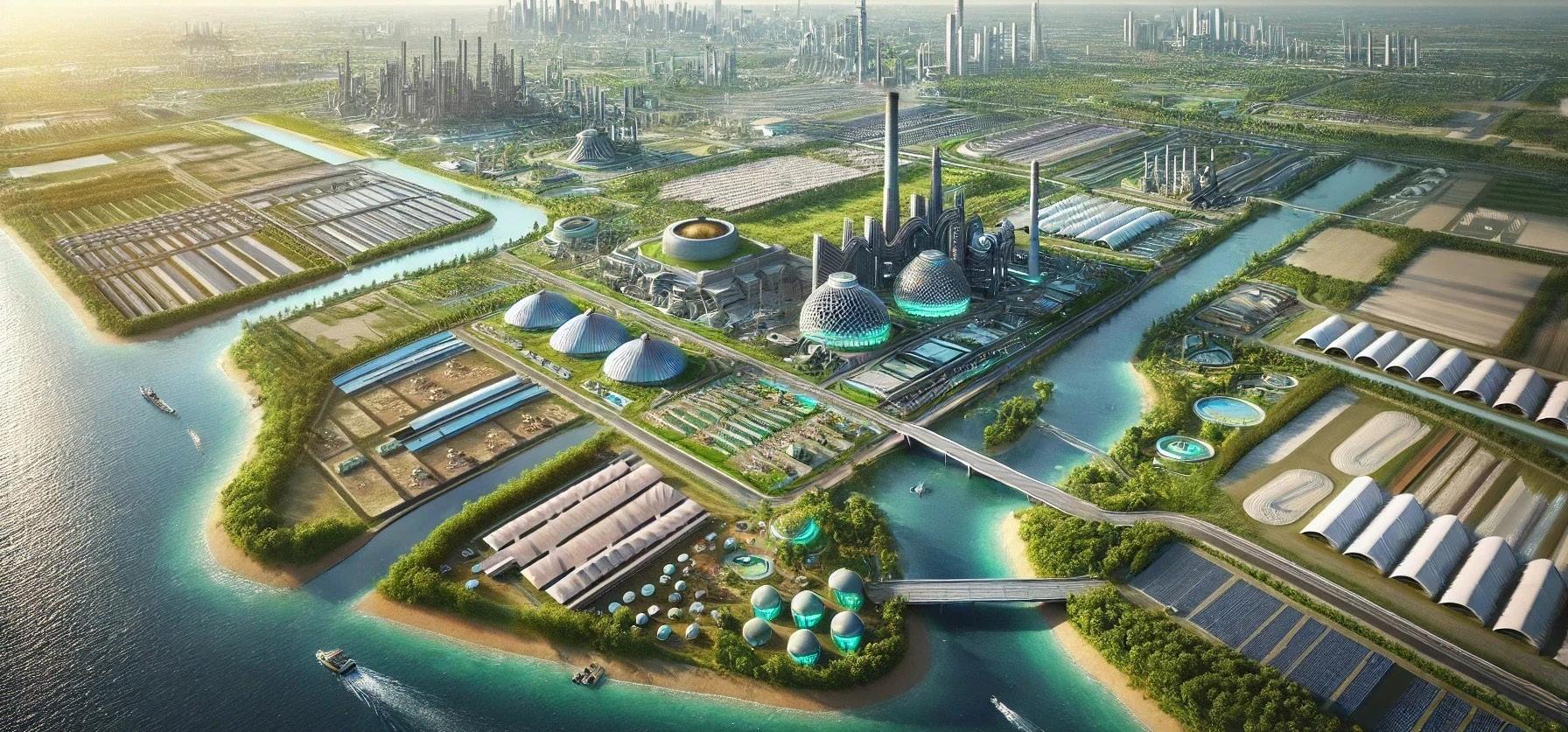
co-creation workshops, providing inspirational and informative content that resonates beyond the participants to a broader audience. By making these scenarios visually and interactively accessible, engaging ways for the public can be offered to understand and connect with probable futures, fostering a broader dialogue about sustainability and innovation.
In 2023, the AFFL framework was instrumental in organizing the Sustainable Futures Camp by IFAI, part of the EU project Green Education in Media (GEM), which aims to recalibrate media curricula to align with today’s environmental realities. This camp saw the participation of 70 students and teachers from 8 European partner universities. They explored how digital skills and competencies—specifically in the creation of digital and virtual worlds like story-worlds in filmmaking, serial writing, games, explorable XR worlds, and digital communities in social media— can be harnessed to reflect on and influence the impact of digital technology on our natural environment. New media formats developed during this camp have been pivotal in reaching a wider audience, illustrating the transformative potential of integrating digital media with environmental education.
The effectiveness of the AFFL approach was internationally recognized when the Lab received the German Award for Sustainability Projects in 2024 as it supported renown institutions and companies to envision climate-friendly pathways. Furthermore, methods and outputs of the AFFL have been showcased in various forums, including the Ars Electronica Festival or this year’s Berlin Holitopia - Festival for Arts and Futures, where our discussions on ‘Data Storytelling for Regenerative Futures’ will propel forward-thinking dialogues on systemic change and ecological restoration.
As we continue to evolve, the AFFL remains committed to pushing the boundaries of how art and innovation can intersect to address global challenges. Our workshops and projects not only inspire but also activate communities to engage in the co-creation of sustainable futures. These engagements suggest a profound shift in how societies might integrate creativity and technology to foster regenerative development.
For those intrigued by the potential of art to drive innovation, a deeper exploration into our ‘Future Prototyping Workshops’ may reveal how speculative scenarios are constructed and realized. Each project, each workshop, each collaboration serves as a testament to the transformative power of integrating diverse perspectives and multi-faceted expertise.
The journey of the Art for Futures Lab reflects a global movement towards redefining human interaction with technological and ecological systems. The founders and cofacilitators of the AFFL aim to inspire and equip individuals, communities, organizations and alliances worldwide to envision and actualize futures that are sustainable, inclusive, just and vibrant.
Contact:
For more insights, visit the Art for Futures Lab at www.artforfutureslab.com.
Nicole Loeser, Director Institute for Art and Innovation www.art-innovation.org
Email: loeser@art-innovation.org
LinkedIn: https://www.linkedin.com/in/nicole-loeser-128366a/

By Victor V. Motti

IN an era marked by unprecedented global interconnectivity, our focus must shift from merely facilitating the flow of goods and services to fostering a deeper, more meaningful exchange of ideas and cultures. This shift, known as planetization—a term rooted in the visionary work of Pierre Teilhard de Chardin—offers a transformative approach to achieving global harmony by emphasizing the interconnectedness of our world beyond economic transactions. By embracing planetization, we can cultivate a richer, more balanced world where ideas, cultures, and ideologies flourish alongside economic progress.
Globalization has long been celebrated for its role in enhancing the movement of capital, goods, and services across borders. This economic focus has driven significant growth and innovation but often at the expense of cultural and ideological exchange. While globalization prioritizes the success of investors and entrepreneurs, planetization shifts the spotlight to poets, artists, and philosophers, who play a crucial role in shaping our collective consciousness and cultural landscape.
Planetization emphasizes the free flow of ideas, cultures, and ideologies, advocating for a world where intellectual and cultural exchanges are as valued as economic transactions. It seeks to create a balance where the economic benefits of globalization are complemented by the enrichment that comes from a deeper engagement with diverse cultures
and perspectives. This paradigm shift encourages us to consider how goods are traded and how ideas and values can be shared and celebrated.
To create the big picture, we need to integrate and sum up different key areas such as philosophical reasoning, scientific research, feelings, aspirations, emotions, motivations, artistic expression, and social and political activism. Also, a wise balance between globalization and planetization is essential. While globalization provides the framework for economic growth and technological advancement, planetization offers the cultural and intellectual richness that enhances our collective well-being.
Recognizing the value of both spheres allows us to create a more harmonious and holistic approach to global progress.
By integrating the benefits of both globalization and planetization, we can foster a world where economic growth does not come at the expense of cultural and intellectual diversity. This balanced approach ensures that development is not only sustainable but also enriching for all aspects of human existence.
Our planet is comprised of multiple interconnected spheres that collectively sustain life and foster global consciousness:
n Atmosphere: The layers of gases that support life and regulate climate.
n Biosphere: The layers of life forms and ecosystems that interact with the environment.
n Geosphere: The solid part of the Earth, including rocks, minerals, and landforms, which provides the foundation for ecosystems and human activities.
n Hydrosphere: The Earth’s water in all its forms—liquid, solid, and gas—including oceans, rivers, glaciers, and vapor, which is essential for all living organisms.
n Heliosphere: The vast region of space influenced by the Sun’s solar wind, which protects our planet from harmful cosmic radiation and plays a crucial role in space weather.
n Noosphere: The sphere of ideas, faith systems, mindsets, ethical principles, and global consciousness that shape our collective identity.
Recognizing the interconnectedness and interdependence of these spheres is crucial for promoting planetary well-being. To transcend current boundaries and achieve global harmony, we must acknowledge the intricate relationships between the atmosphere, biosphere, and noosphere, and work towards enhancing their synergy.
A planetary consciousness transcends traditional boundaries and embraces a holistic view of our interconnected world. It involves recognizing the intricate relationships between the atmosphere, biosphere, and noosphere and understanding how our actions impact these spheres. By cultivating a planetary identity that values both economic progress and cultural
enrichment, we can work towards a future that promotes the well-being of our planet and its diverse ecosystems.
To achieve this, we must foster a global mindset that embraces the richness of different cultures and ideologies while striving for sustainable and equitable development. This planetary consciousness encourages us to look beyond national and regional interests and consider the broader implications of our actions on a global scale.
Developed by Dr. Claire A. Nelson, the SMART Futures Framework aligns with the United Nations Sustainable Development Goals (SDGs) and provides a comprehensive approach to addressing global challenges. The framework includes:
(S)ustainable Systems: Ensuring that our systems and practices are environmentally sustainable and socially equitable.
(M)oral Metrics: Evaluating progress based on evolving ethical principles and modern mythologies.
(A)nticipatory Agency: Preparing for future challenges through foresight and proactive planning.
(R)obust Resilience: Building systems and communities that can withstand and adapt to change.
(T)ransformational Technology: Leveraging innovation and digital transformation to drive positive change.
Focusing on Moral Metrics and Transformational Technologies within the SMART Futures Framework highlights the importance of ethical progress and technological innovation in achieving global harmony. Moral metrics involve evaluating our progress
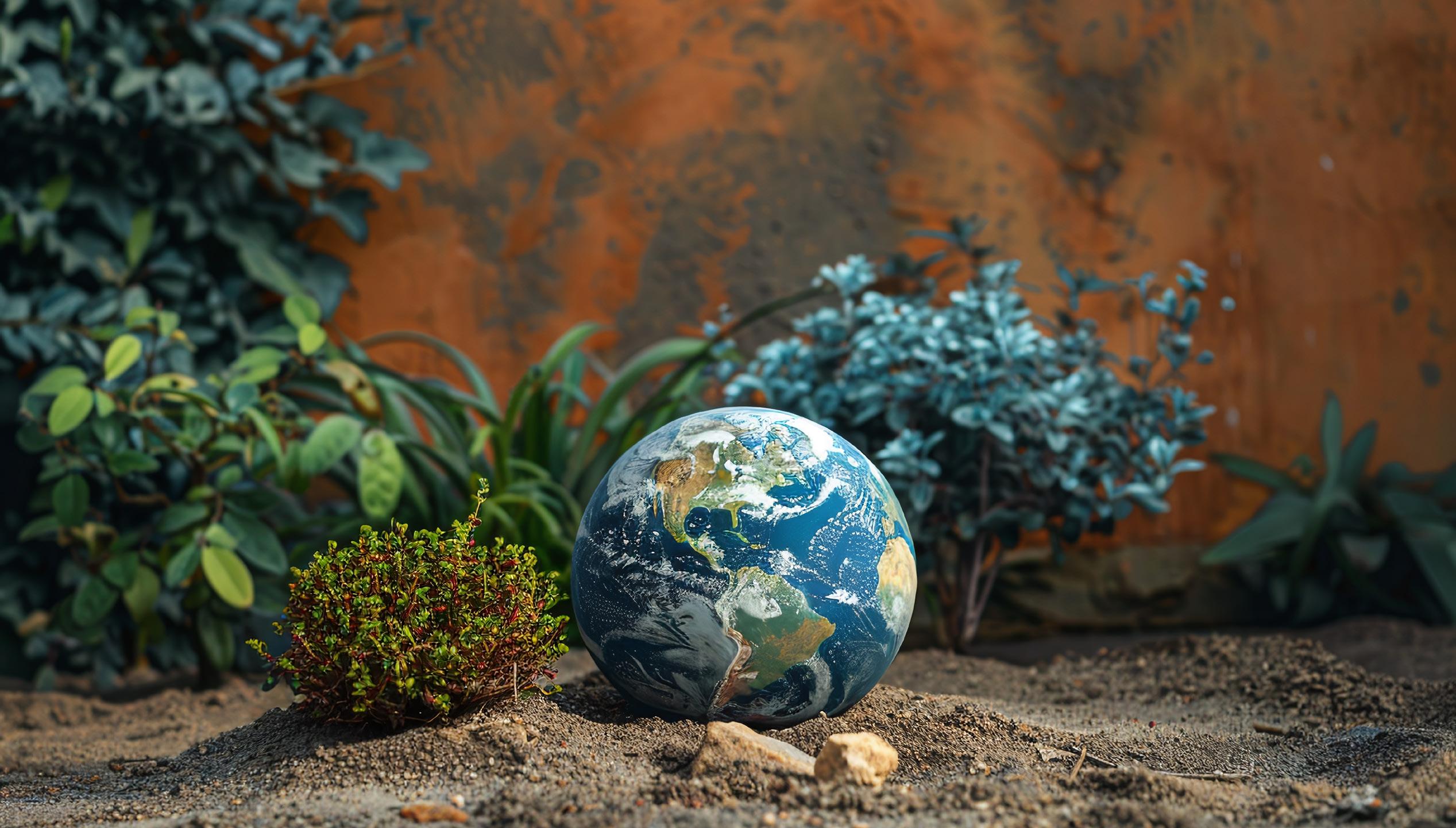
through evolving ethical standards, ensuring that our actions align with our values and principles.
Transformational technologies harness the power of innovation to drive radical change and address pressing global challenges.
Drawing inspiration from diverse sources, including scientific pantheism and Simurgh mythology, we propose seven guiding principles for collective evolution:
1. Talab (Evolving the Self through Transformative Foresight): Embracing personal growth and foresight to navigate future challenges.
2. Eshq (Loving the Other and Hybrid Fluid Identities): Valuing diverse identities and fostering mutual respect and understanding.
3. Marifat (Stewarding the Planet): Acting as responsible stewards of the environment and promoting sustainability.
4. Istiqna (Praising Life): Celebrating the beauty and complexity of life in all its forms.
5. Towhid (Revering the Cosmos): Recognizing our place within the cosmos and respecting the interconnectedness of all existence.
6. Heyrat (Empowering the Virtual): Leveraging digital platforms to enhance human connection and creativity.
7. Faqr (Enriching Complexity): Embracing the complexity of global issues and seeking holistic solutions.
These principles provide a foundation for collective evolution, guiding us toward a more harmonious and balanced future.
Embracing planetization is essential for fostering global harmony and balance in our interconnected world. By prioritizing the free flow of ideas and cultures alongside economic progress, we can create a more enriching and sustainable future. Let us work together towards a future where diverse ideas and cultures thrive, contributing to the well-being of our planet and transcendent humanity. Through a commitment to both planetary consciousness and ethical progress, we can achieve a harmonious balance that benefits all aspects of our global society.
Victor Vahidi Motti is Executive Director of the World Futures Studies Federation and Founder of Alternative Planetary Futures Institute based in Washington DC.

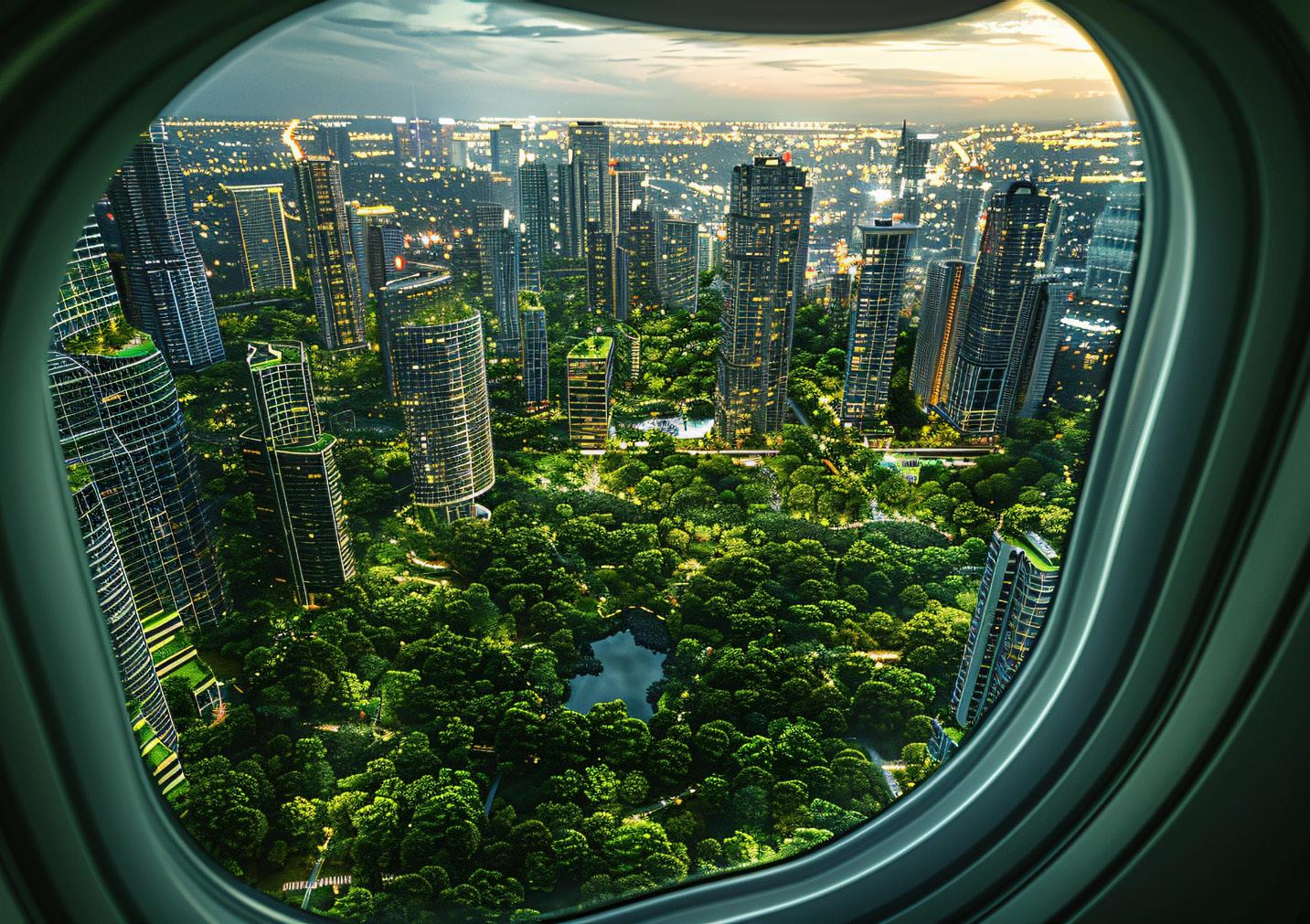

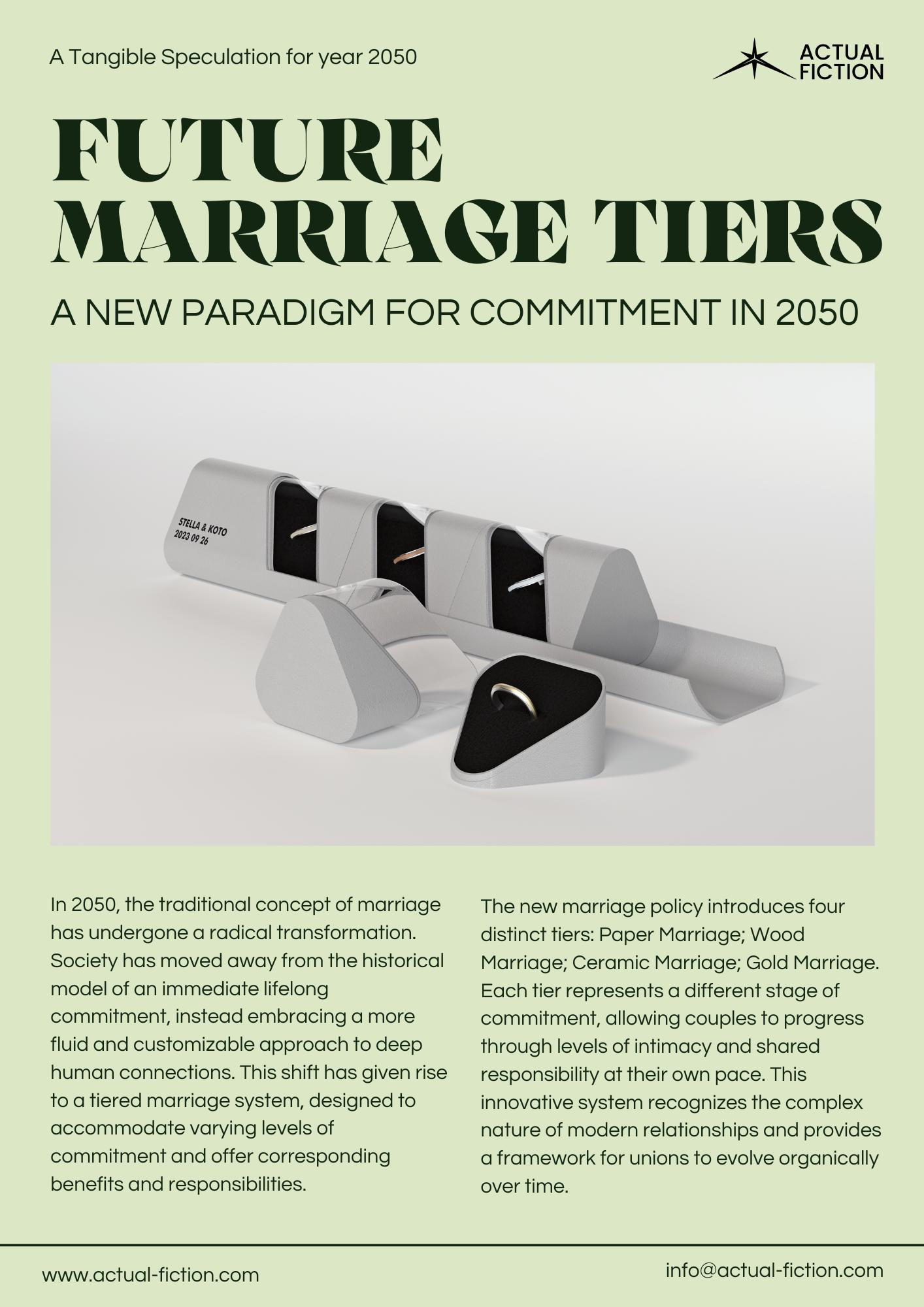
By Karina Vissonova
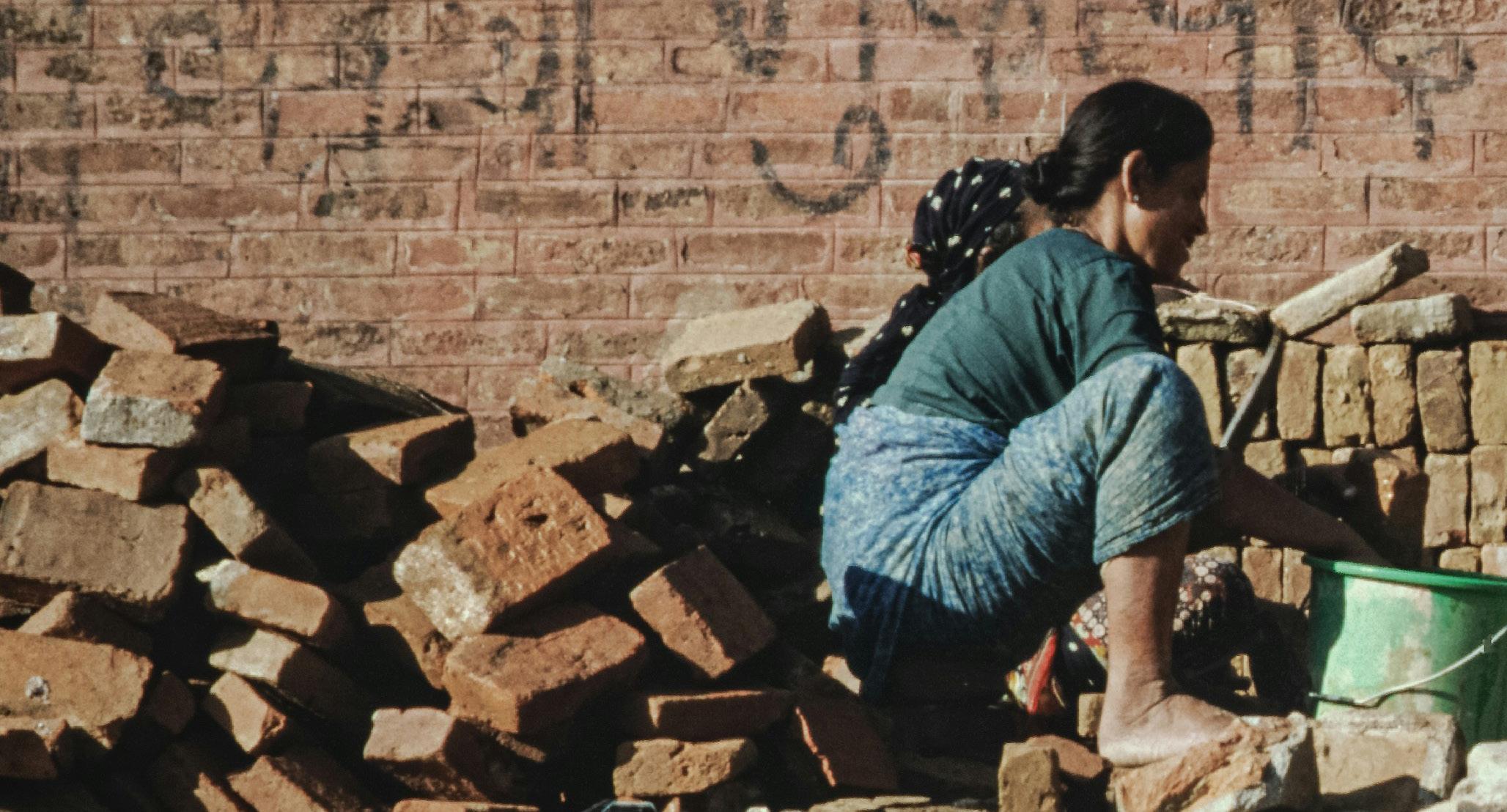

IT is widely considered that geopolitical stability, governance based on democracy, and access to healthcare, resources and jobs, education, as well as community participation all contribute to positive conditions for experiencing wellbeing. The leading wellbeing indices, in different extents and focus areas, all measure these: Happy Planet Index, Gallup Sharecare Wellbeing index, OECD Better Life Index, UN Human Development Reports, World Happiness Report, among several others. Furthermore, the 2019 Gallup Global Emotions Report reveals that emotional positivity, as a factor closely relatable to a measurement of wellbeing, does not universally correlate with income levels. For example, some relatively high-income countries in northeast Europe, such as my birthplace Latvia, report high emotional negativity, while some lower-income countries in Latin America report high positive emotions. The report does not conclude whether money brings happiness or not, however it shows that our current economic parameters are not necessarily the best instrumental measurements for human life-quality, - and thus experience of wellbeing.
Following an era of rapid economic growth and a wide spectrum of developments, from early on centred in the global North, an attention is now turning towards a global distribution of social and environmental justice. This is triggered by a rather sobering recognition today, that the growth and the developments have taken place at the expense of the majority of the Global South, where extractivism has scarred deeply the tissues of the Earth and lives of its peoples. We are on the cusp of change anticipating economies decoupled from environmental

degradation, and societies recoupled with wellbeing (e.g. see Parrique et al. 2019).
Many a call have been made for correcting the uneven global development process, focusing on reduction of the consumption of global resources, meanwhile re-distributing goods and services between all global citizens. For example, Sufficiency Economics (Spangenberg et al. 2018) include concrete propositions to introduce bottleneck mechanisms in the distribution of goods. This would mean an implementation of regulatory quotas on some or other goods purchased by individuals in consumption intensive countries, enabling now what becomes the ‘surplus’ goods to be purchased in others, where their access has been limited. This is presumed to apply to a wide range of goods, from footwear to electronics, personal technologies, and so on. The aim of such economics is an increased wellbeing of people globally. Meanwhile we are supposedly also anticipating that smarter technologies and Circular Economy based material rotations will be decreasing the resource consumption, and that goods will be manufactured in ultra-efficient, environmentally non-violating facilities, preferably equipped with mechanised non-human labour and AI management software, thus also responding to the highly reported lack of work-life balance according to the OECD Better Life index.
The idea of social justice taking precedence over economic growth and it being placed in the centre of foundations for wellbeing is an intriguing model for future sustainable societies, albeit it is not novel. Perhaps most remarkable early proponents of such ideas are Herman Daly (Daly 1993, Daly and Cobb 1989),
Dietz et al. 2013) and E.F. Schumacher (1973). Similar ideas are reflected in the works of thinkers like Buckminster Fuller (e.g. 1969) and Victor Papanek (1971). However, the instrument of social justice in modern societies serves a purpose that may be somewhat challenging if we are to interpret wellbeing for formatting future sustainable societies.
The work of Axel Honneth (2012) elevates the point that modern liberal-democratic societies are modelled on the principle that an individual is considered independent from other members of society. As the cornerstone of this model, the independence is granted by a fair distribution of goods and services in order to uphold a self-determined quality of life. Honneth calls this the distribution paradigm, which informs the functions of the social justice system. It does so in terms of protection of individuals as well as corporations to act in their rights to consumption of goods, and resources for the production of the so purposed goods. With a somewhat irony, however, the afore mentioned Sufficiency Economy (Spangenberg et al. 2018), an example of alternative economic system aimed at enhanced wellbeing, as well as the now widely known model of Doughnut Economics (Raworth 2017) with the same aim, appear to propose expanded boundaries of the distribution paradigm as a just enabling of individual wellbeing globally. Here a question arises: is the extent of our imagination for the wellbeing of future sustainable societies a better and more equal access to (environmentally friendly) goods for every individual? Surely not.
Paralleling the alternative economic models, at the heart of the Wellbeing Economy Alliance (Constanza et al. 2018) advocacy
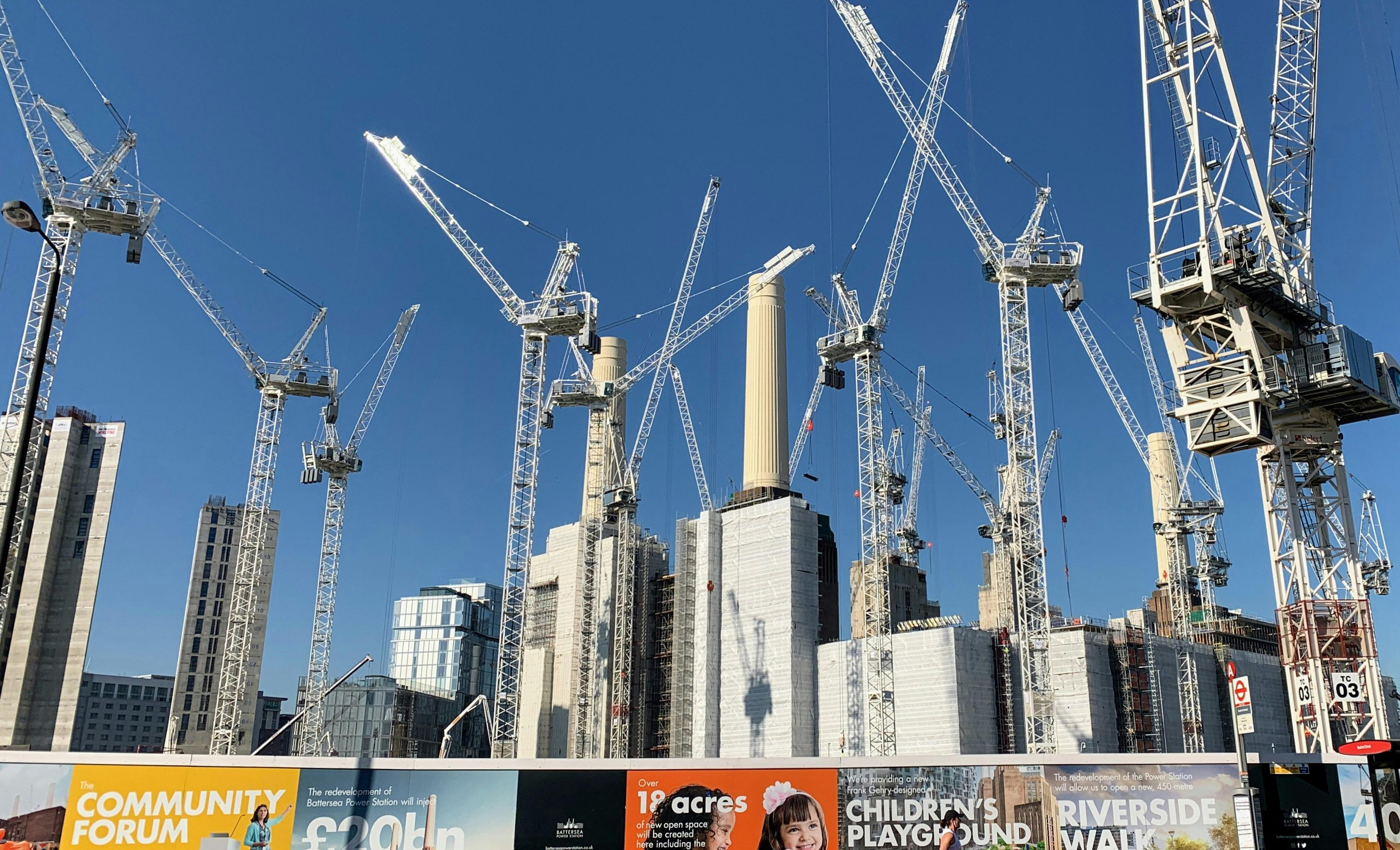
is the acknowledgment of social interdependence, globally, nationally, and communally. It is closely conceivable to what Ivan Illich (1979) termed as the convivial societies where skills, materials and met-needs are primarily fruits of social transactions in between members of communities. Also, such as the societies of rural areas prior they are touched by industrialisation, well documented and the numerous values promoted by e.g. Local Futures movement. A modern and robustly urban interpretation of the social interdependence is being implemented in several urban locations with the guidance of DESIS organisation.
Arriving to the conclusion, this short essay brings to attention that our envisioning of future sustainable societal models project the need for a macro-structural change in the foundations of our global societies. As an example, the Sufficiency economics advocate that conditions for wellbeing may be shaped by rescaling, rescoping and redirecting goods, this way creating a truly globally equal individual, (at least as far as a fair access to goods is concerned). Alternatively, the conditions may be achieved through emphasis on societal interdependence, becoming reality as a fair governance in communities and over their surrounding environments, and participatory actions within these.
However, what might crystallise as the composite life-quality we identify as wellbeing in the future sustainable societies may not come from one or another universal model. The prompt I have set for myself and follow through my research, is that in any
human futures projected and advocated with a prerequisite of a potentially seismic macro-structural change, a conception of what it means to be well and by what conditions the appropriate life-qualities may obtain, must be firstly envisioned, formulated, tested through play and, by large, - a speculation of the unknown, within interactions of individuals, such as you and I. This is to be experienced through living and finding paths of selfactualisation that encourage, nurture and enforce reciprocity and recognition of one another (Honneth 2012), without boundaries dictated by skill, physical ability, wealth, or geographical location (i.e. the Global North and South). The qualities of life which amount to what we attribute to wellbeing, are not interpretable only as constant and unchanging needs or fickle wants, as I believe we have done by far too long. Such an interpretation promotes duality - needs (constant and objectively measurable) versus wants or desires (fluctuating, subjective and altering) (also discussed in Spangenberg et al. 2018). This perceived duality then opens the possibility of imposition of boundaries onto what is to be prioritised at times of scarcity and instability of resources. Human futures are as complex as our pasts, with multiple layers and spectrums of development, historically evident as happening simultaneously and in parallel to one another. The future sustainable societies may be multiple, intersecting, dissimilar, yet co-existing in a reciprocal recognition of the values and self determined futures that each represent.
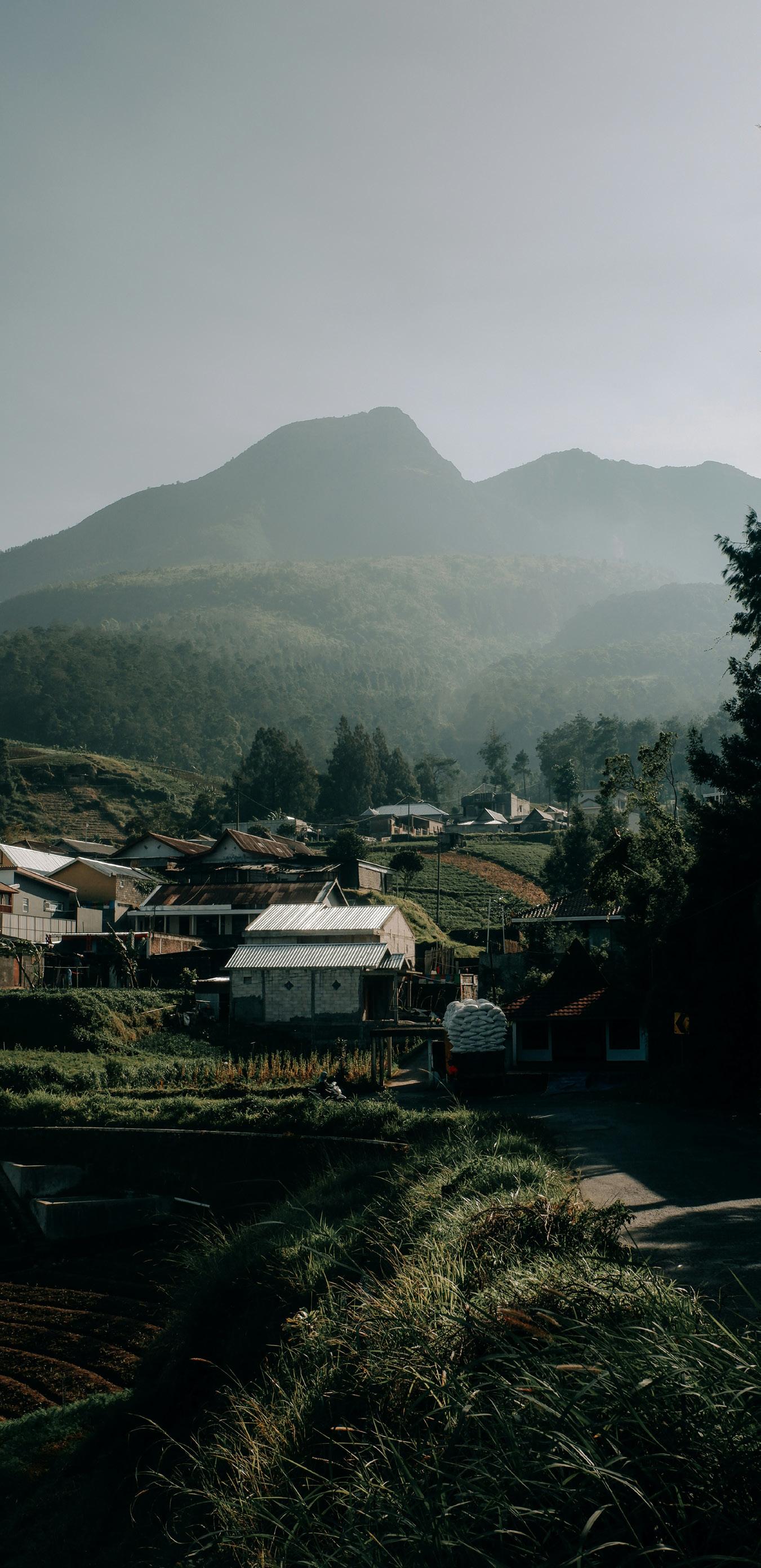
THE AUTHOR
Dr. Karina Vissanova is the Founder and the Head of the Institute of Advanced Design Studies non-profit – an independent research institute focused on sustainable design and higher education.
Constanza, R., Caniglia, B., Fioramonti, L., Kubiszewski, I., Lewis, H., Lovins, H., ... & Wilkinson, R. (2018). Toward a sustainable wellbeing economy. The Solutions Journal, 9(2), 5.
Daly H. (1993). Sustainable growth: an impossibility theorem. In Valuing the Earth: Economics, Ecology Ethics, Daly H, Townsend K. (eds). MIT Press: Cambridge, MA.
Daly H., and Cobb J. 1989. For the Common Good: Redirecting the Economy Towards Community, the Environment and a Sustainable Future. Green Print: London; 267–273.
DESIS Network. (n.d.). DESIS Network. Retrieved from https:// desisnetwork.org
Dietz, R., Daly, H., & O’Neill, D. (2013). Enough is enough: Building a sustainable economy in a world of finite resources. Routledge.
Fuller, R. B. (1969) Operating Manual for Spaceship Earth. Southern Illinois University Press
Gallup Global Emotions Report 2019. Retrieved from https:// www gallup.com/analytics/248906/gallupglobal- emotionsreport-2019 aspx?thank-you-report-form=1
Gallup Sharecare Wellbeing Index. Retrieved from https:// news.gallup.com/poll/106756/
GallupHealthways-WellBeing-Index.aspx
Happy Planet Index by Hot or Cool Institute gGmbH. Retrieved from https://happyplanetindex.org
Honneth, A. (2012). The I in We: Studies in the Theory of Recognition. Cambridge Polity Press.
Illich, I., and Lang, A. (1973). Tools for Conviviality. Fontana, Harper & Row Press.
OECD Better Life Index. Retrieved from https://www. oecdbetterlifeindex.org
Papanek, V. (1971). Design for the Real World: Human Ecology and Social Change. Pantheon Books,.
Parrique, T., Barth, J., Briens, F., Kuokkanen, A., & Spangenberg, J. H. (2019). Evidence and arguments against green growth as a sole strategy for sustainability. European Environmental Bureau.
Raworth, K. (2017). Doughnut economics: seven ways to think like a 21st-century economist. Chelsea Green Publishing.
Schumacher, E. F. (1973). Small is beautiful: Economics as if people mattered. London: Blond & Briggs.
Spangenberg, J. & Alcott, B. & Kiss, V. & Coote, A. & Reichel, A. & Lorek, S. & Mathai, M. & Mastini, R. & Rijnhout, L. (2018) Sufficiency: Moving Beyond the Gospel of Eco-Efficiency. Report by Friends of the Earth Europe. 10.13140 RG.2.2.15070.87369
UN Human Development Reports. Retrieved from https://hdr. undp.org/
World Happiness Report. Retrieved from https:// worldhappiness.report/
Acknowledgement
This essay is part of a research sub-project of the Future Potentials Observatory, supported by the MOME Foundation of the Moholy-Nagy University of Art and Design.


Book Announcement

By David Wood et al.
PUBLISHED in January 2024, this 320-page “Volume of the Omnifuturists contains a variety of perspectives concerning an economic singularity created through economic disruption and wide scale unemployment produced by Artificial Intelligence and Automation. The essays contained cross the spectrum from Libertarian to Communism politically, from low tech to high tech, and from macroeconomics to microeconomics. The Omnifuturists think reading a broad spectrum of views on the subject is the best way to engage the mind in this new topic and to help people clarify their own unique view on issues. Whether it confirms your beliefs or changes them, please enjoy the reading with an open mind.” - Future Visions: How to Survive and Thrive in the Upcoming Economic Singularity: A Variety of Perspectives eBook : Wood, David, Plug, Spark, Arroyo, Luis , Blackstone, Alaura, Crowley, Allen, DiVerde, Mike, Ramon, Art, Saenz, Michael, Marshall, William: Amazon. co.uk: Kindle Store

COVERING 241 pages, “Our World of Futures Studies as a Mosaic introduces approaches to futures studies and foresight from different parts of the globe, appreciating and learning from the different contexts. In the same spirit of diversity, the nature and tone of the chapters and texts in this book is multifaceted. While acknowledging the histories of various regions in the field of futures studies and foresight, the book invites readers to think about the differences as sources of inspiration and sense-making – for
By Tero Villman, Sirkka Heinonen & Laura Pouru-Mikkola
what there is to learn from other corners of the world and other cultures and traditions.
This publication does not aim for an all-encompassing description of the world of futures studies and foresight, which is next to impossible, but to start building a mosaic. The publication includes collected works from around the world – altogether from five different continents an three global networks.” - New Open Access Book on Futures Studies: Our World of Futures Studies as a Mosaic | University of Turku
BY LANGDON MORRIS, INDEPENDENTLY PUBLISHED, 2024
WITHIN 499 pages, Hello Future! The World in 2035 offers an analysis of the potential state of our world in 2035. Authored by a renowned futurist and innovation consultant, the book projects current technological and social trends into a future where they significantly impact daily life and societal structures.
The book is divided into three key sections. The first explores methodologies for understanding and anticipating the future. The second, “21st-Century Revolutions,” examines scenarios involving emerging technologies such as artificial intelligence (AI) and shifting economic and geopolitical landscapes, including areas of potential conflict and cooperation. The final section, “Creating the Future,” introduces the Vantage Points Model of Performance (VPM) and other strategic frameworks.
Morris thoroughly examines Technological Advancements, focusing on biotechnology and renewable energy developments as fundamental forces reshaping everyday life and operational frameworks. The discourse on Environmental Sustainability assesses the relationship between emerging technologies and environmental policies, considering their potential impact on ecological challenges.
The book also addresses significant Societal Changes, examining transformations in work culture, interpersonal relationships, and societal connectivity driven by advancements in virtual and augmented reality. In analyzing Political and Economic Shifts, Morris offers a forward-looking perspective on potential geopolitical reconfigurations and economic restructuring resulting from technological disruptions.
Throughout the book, Morris poses intellectually stimulating “what if” questions that challenge readers to engage deeply with potential future scenarios. These circumstances encourage strategic thinking and planning, emphasizing the importance of critical reflection and proactive action in navigating future uncertainties.
Hello Future! The World in 2035 is a crucial reading for leaders, strategists, educators, and others interested in the future trajectories of our world. It provides a comprehensive framework for navigating the swift changes of our era and, hence, a blueprint for creating a more sustainable and equitable future.
By Evans Okinyi Chief Executive Officer East Africa Philanthropy Network


THE State of the Future 20.0, authored by Jerome C. Glenn, Theodore J. Gordon, Elizabeth Florescu, and The Millennium Project Team, presents a comprehensive analysis of humanity’s pressing global challenges. It emphasizes the urgent need for collaboration across nations and sectors to address these challenges effectively. It has seven major parts:
Part 1 summarizes the 15 Global Challenges on sustainable development and climate change, water, population and resources, democratization, foresight and decision-making, ICT and AI for all, rich-poor gap, health and disease, education and learning, war and peace, changing roles of women, organized crime, energy, science and technology, and global ethics. Each topic includes a brief overview, and a list of actions, along with their regional considerations.
Part 2, State of the Future Index 2035, integrates 29 variables to show if the future is improving or worse, and where we are winning and losing.
Part 3, Governing the Transition from Artificial Narrow Intelligence (ANI) to Artificial General Intelligence (AGI), distills insights from 55 of the world’s leading AGI experts on 22 questions on the future of AGI. Drawing on these insights, it identifies 40 national and international regulations and 5 governance models assessed by an international 299-member panel.
Part 4, Beneficial AGI Competition, discusses the world of 2045, its issues, and opportunities, offering a scenario about a day in 2045 and how AGI could greatly improve life on that day.
Part 5, Five UN Foresight Elements of Our Common Agenda, provides an international assessment of the five foresight elements of the UN Secretary-General’s Our Common Agenda report to make the UN more relevant to the future.
Part 6, World Futures Day, synthesizes the 11th Annual World Futures Day – the 24-hour, around-the-world open discussion on the future, with trend and pattern analysis from previous World Futures Days.
Part 7, Robots 2050, illustrates the future possibilities of AI robots in governments, in daily life, in bed, in the oceans, and space.
The State of the Future 20.0 is one of the largest, broadest,
ByVictor V. Motti


and most detailed publications on future issues and possibilities available today. It covers what the globally-minded citizen should know about the future and decision-making today.
State of the Future 20.0 serves as a crucial resource for understanding the multifaceted challenges facing humanity today. Its insights into the necessity for synergy and proactive foresight provide a roadmap for navigating the complexities of the future. The document is a call to action for all stakeholders to engage in meaningful dialogue and synergetic efforts to create a sustainable and equitable world.
This book is a must-read for policymakers, scholars, and anyone interested in the future of our planet and society.


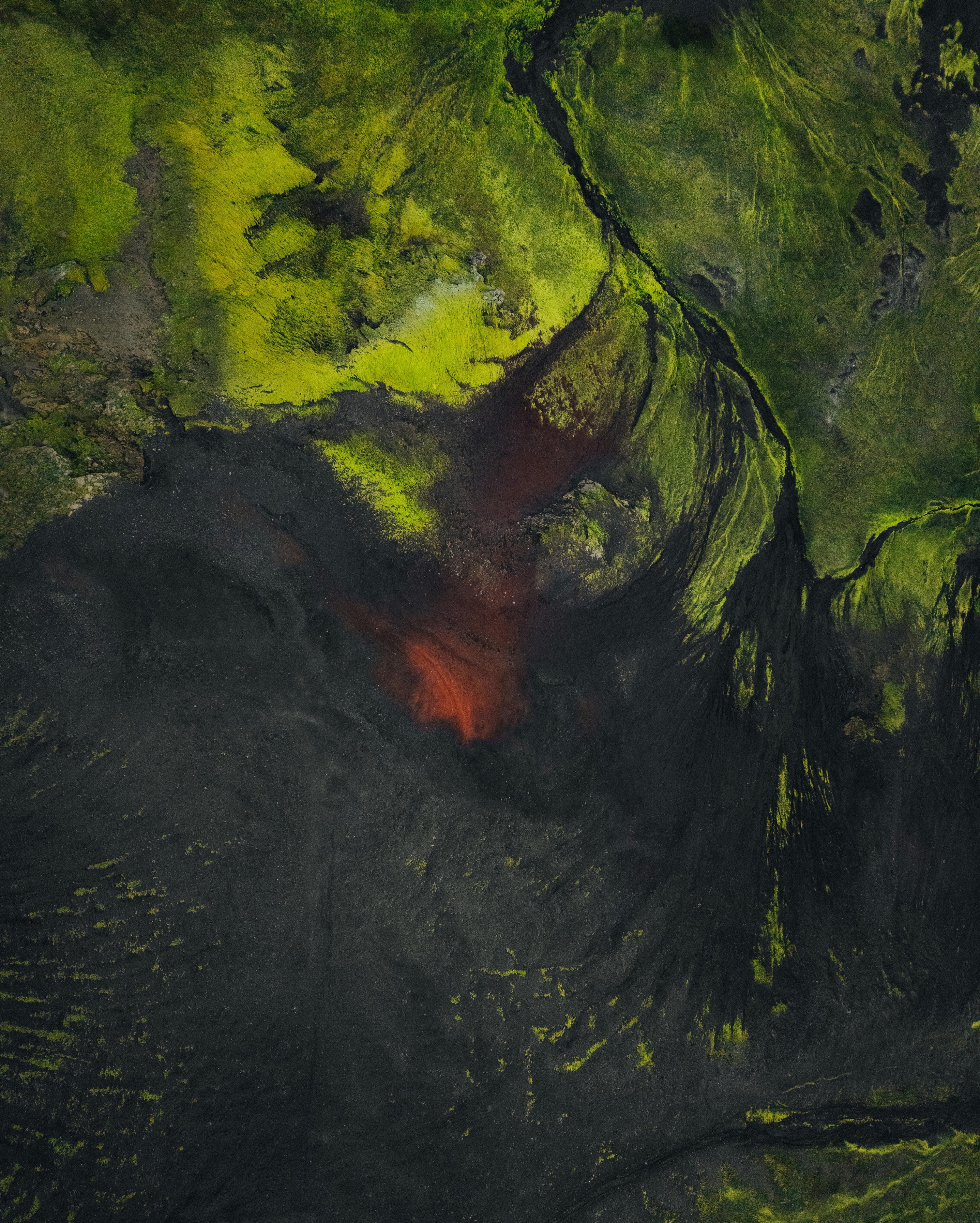

By Claire A. Nelson & Tom Lombardo
Claire Nelson: Greetings and salutations and welcome to a very special edition on Future Sense Now, where we are going to be talking to Tom Lombardo, who is a member of the Executive Board of the World Futures Studies Federation, and a science fiction evangelist. Everything we want to know about the history, present, and future of science fiction, we come to Tom. In this interview, we will explore how science fiction might inform policy, looking through the lens of the UN Summit of the Future. So, hang on.
Claire Nelson: All protocols observed, let’s jump right in. As we think about the UN Summit of the Future and the fact that it’s really about trying to shift the paradigm for policymakers and decision-makers, how can science fiction narratives help
policymakers envision and prepare for possible future scenarios related to the issue of long-term sustainability?
Tom Lombardo: Well, I’m going to throw you a curveball. And what I’m going to say is that, right off the bat, science fiction isn’t so much literature about sustainability, but rather about transformation. And even though science fiction writers will sometimes envision, and extrapolate out into the future, societies, and technologies, that build upon those existing today, persisting into the future, often they envision fundamental transformations instead, where our present society, our present way of life is either intentionally or catastrophically disrupted, and humanity in some fundamental ways transforms and changes along with the world around us.
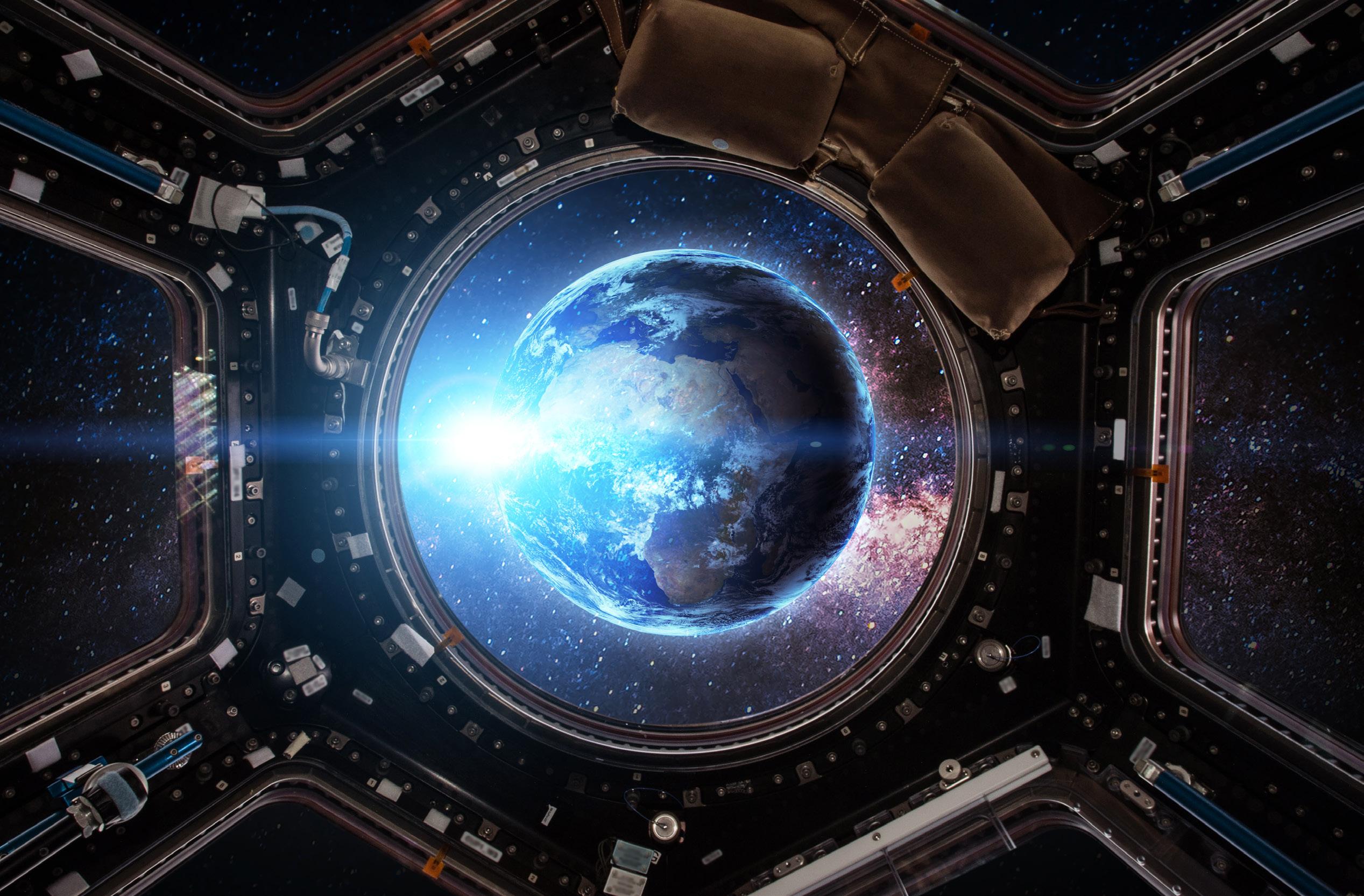
So, what science fiction offers you there is it helps you to break out of linear thinking, just simply more of the same or keeping things the same or sustaining things the way they are. Rather, it provokes you into disruptive and transformational thinking.
But even granting that, a second important thing that science fiction does in helping policymakers envision, and prepare for the future, is that it offers very vivid, concrete, realistic scenarios and narratives about the future. So instead of hypothetical abstractions and about general trends and forces at work and about abstract qualities about the future, it gives you stories, stories with real live flesh and blood people and groups of people. So, it makes the future much more realistic and much more engaging to the reader, to the viewer.
So it gets you to break out of your present mental models about where humanity is going, and it does so in a way that connects with you at a concrete, realistic, personal level.
Claire Nelson: Yes. Well, certainly as somebody who loves to write stories and tell stories and create what I call future stories or future tales, which are not quite science fiction, I think my things are more—I call them faction because it’s part fact and part fiction.
What you said about creating transformation is worthy of note,
because some of the current technologies emerging will require us to think in transformative ways of what it might mean. For example, say for synthetic biology. Within that context, what lessons can policymakers draw from science fiction that might address the ethical implications of some of these technologies that are currently emerging, and in the future will continue to emerge, and impact humanity?
Tom Lombardo: There are several things to say on that. First, to dispel a misconception, a stereotype about science fiction, the focus of science fiction is not just simply on technology and developing science. The focus of science fiction is on the future of everything, and that includes human reality, psychological social reality, and ethical reality as it pertains to humans. So, science fiction writers regularly address questions of how technologies impact us psychologically and socially, and what types of ethical questions arise in the context of changing technologies.
So, the human element is almost always there in welldeveloped science fiction narratives. And since these narratives often have a point to make, that is they have a philosophical or an ethical point to make, they are going to address ethical implications, such as it’s one thing to imagine a robot in the future that appears to have a sense of self-awareness. It’s another thing

to ask questions about, well, how should we behave toward robots who in all respects seem to be no different than humans? What are the ethical aspects of those questions?
So, science fiction writers are always getting into the ethical and the psychological, the humanistic and the social in their stories. In fact, that’s a central focus of their stories, often presenting narratives that are attempting to make a moral point, an ethical point. As we transform our reality, the facts of our reality, have a direct effect on the ethics of our reality, because ethics is always embedded in our cultural psychological, and current social reality, which could change.
Claire Nelson: Well, I certainly think it will change. This Summit of the Future, for example, has made an effort to include new and diverse voices. The UN did a major outreach to get civil society beyond the traditional ECOSOC organizations to engage. In what ways do you think a good science fiction series, if we had one, could contribute to this public engagement education around these global issues and the different policies that we’ll have to craft?
Tom Lombardo: That’s where the unique strength of science fiction comes to the forefront. We are storytelling creatures. We psychologically resonate with the story, much more so with numbers and abstract theories. So, when we stop and think about issues about the future, the most effective way psychologically and socially to present those issues, those themes, and those challenges to the general public is in the form of narratives, of stories about the future. And that’s indeed exactly what science fiction does. That is, it psychologically engages people at a narrative level to think about and vicariously experience the future.
If anything is going to have an impact on how well we educate the human population in the future, it’s going to be through narrative storytelling means that we do so. And that’s where both science fiction literature and science fiction films come in.
This is something I bring up to futurists, and I would bring it up to participants, whoever they are, from whatever background, at the UN Summit, that the most popular and influential form of thinking and imagining the future that more people in the world are familiar with and think about and ponder, comes through science fiction. People in Asia, people in Africa, people in South America, North America, Europe, all around the world, if they have any ideas about the future, they probably picked them up
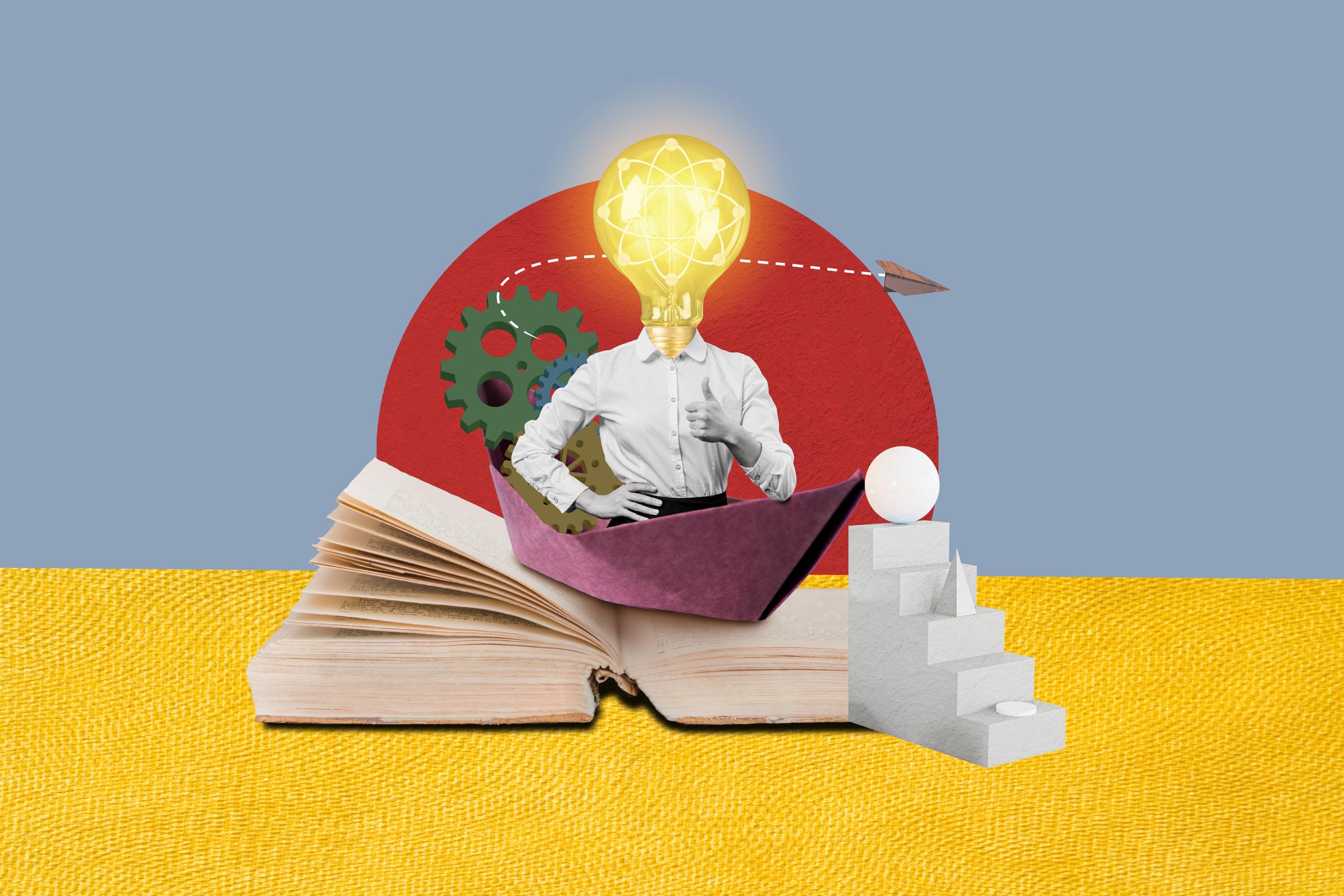
through science fiction and not through big official documents or future studies, research programs, etc. They get it through science fiction.
So, if you want to do that general education with the public on these issues, you ought to write good stories and put them in a science fiction framework and then throw them out and see what takes.
Claire Nelson: I was thinking to myself, maybe that’s what we should come out with as WFSF. We’re talking about WFSF offering tools for governments and policymakers in terms of anticipatory governance. Maybe we should be using some science fiction short stories as case studies or a framework. Do you think we can use science fiction as a framework to encourage this innovative thinking that governments and policymakers will have to do to break away from status quo ways of thinking? Because we need a breakaway movement.
Tom Lombardo: With both futurists and officials in various organizations or different governments, there’s a simple thing -- which is teaching how to create narratives, to learn to be a storyteller. A futurist is somebody who could learn that as well as people outside of that context.
Now, in going back to the transformational quality of science fiction, we’re accustomed to looking at reality within a certain constraining mental framework. And what science fiction has done over the last 150 years repeatedly, is to try to break the reader’s and viewer’s mind out of the normal assumptions and beliefs they have about what’s real, what’s possible, how could one stretch one’s imagination out past the immediate here and now and what’s acceptable and normal. So, science fiction does do that, that sense of stretching one’s imagination through, of course, concrete narratives.
Claire Nelson: I wonder if, in any of the books or films you have come across, you’ve seen any that could be used as a teaching tool to help bridge this gap between scientific predictions and policymaking to create the resilience and adaptability that leaders of any sector: private sector, civil society, government must have. Is there a role that science fiction can play? Have you come across any story that could be a good story to be used?
Tom Lombardo: Actually, about that question, I can identify for you a set of which writers I think have been intelligent, thoughtprovoking writers in science fiction. Whatever works you might
look at by them would be very beneficial in being thoughtful and imaginative about the future.
And just off the top of my head, I think it would be a good thing to read some of H.G. Wells’ classic futurist science fiction. He was a very intelligent thinker. He thought about all aspects of human reality and thought about it out into the future. I also think of as a second person, coming a bit later, Olive Stapleton. On more contemporary writers, coming to the present, I would include Robert Heinlein and Isaac Asimov. When we come up to the present, I think there are several contemporary science fiction writers who I would recommend as being very educational and stimulating: Kim Stanley Robinson, Neil Stephenson, David Brin, Ian McDonald, Alastair Reynolds, Greg Bear, Stephen Baxter, Charlie Anders, who are contemporary thinkers, contemporary writers, with a lot of I think of as stimulating and imaginationexpanding, and applicable to thinking about the possibilities of the future. So instead of particular stories, I think there are a number of writers that would be very stimulating.
Claire Nelson: I hear you. I hear what you’re saying. And that’s a good, really robust list. I think there’s something that we’re teasing out of this conversation that might be actionable from a WFSF standpoint in creating the tools to help guide decisionmakers. As I’m thinking about some of the action items, the Pact for the Future speaks to, e.g. new institutions and new whole systems framework for the design of government policies and procedures and processes, ‘Are there any lessons that you have come across that you think, that jumps out as a possible model for international cooperation and governance? New models of cooperation and governance?
Tom Lombardo: Yeah. One of the types of repeated scenarios that science fiction gets into is the disaster scenario… some catastrophic event that threatens the survival of humanity if not all of life. And often in that kind of setting, humanity collectively is catapulted into some level, at least momentarily, of collaboration, cooperation, and integration to deal with this existential threatening reality.
Now, we do have existential risks today, and some might say threaten either the existence of humanity or the existence of life as a whole on the earth, but they are slowly coming at us perceptually. They’re not a wallop. It’s not like the asteroids hitting the earth and we better get our act together. It’s like the temperature slowly creeping up. That doesn’t provoke people very effectively at times into collective action, whereas an immediate disaster does. And then how do we get our act together very quickly? So, someone to look at is Neil Stephenson, and a recent novel by him called Seveneves, where we have a colossal earth-wide disaster. The moon disintegrates, and this calls for an immediate international response to save humanity, because if the moon were to begin to disintegrate, as he works out the consequences of it in the novel, this is going to knock out
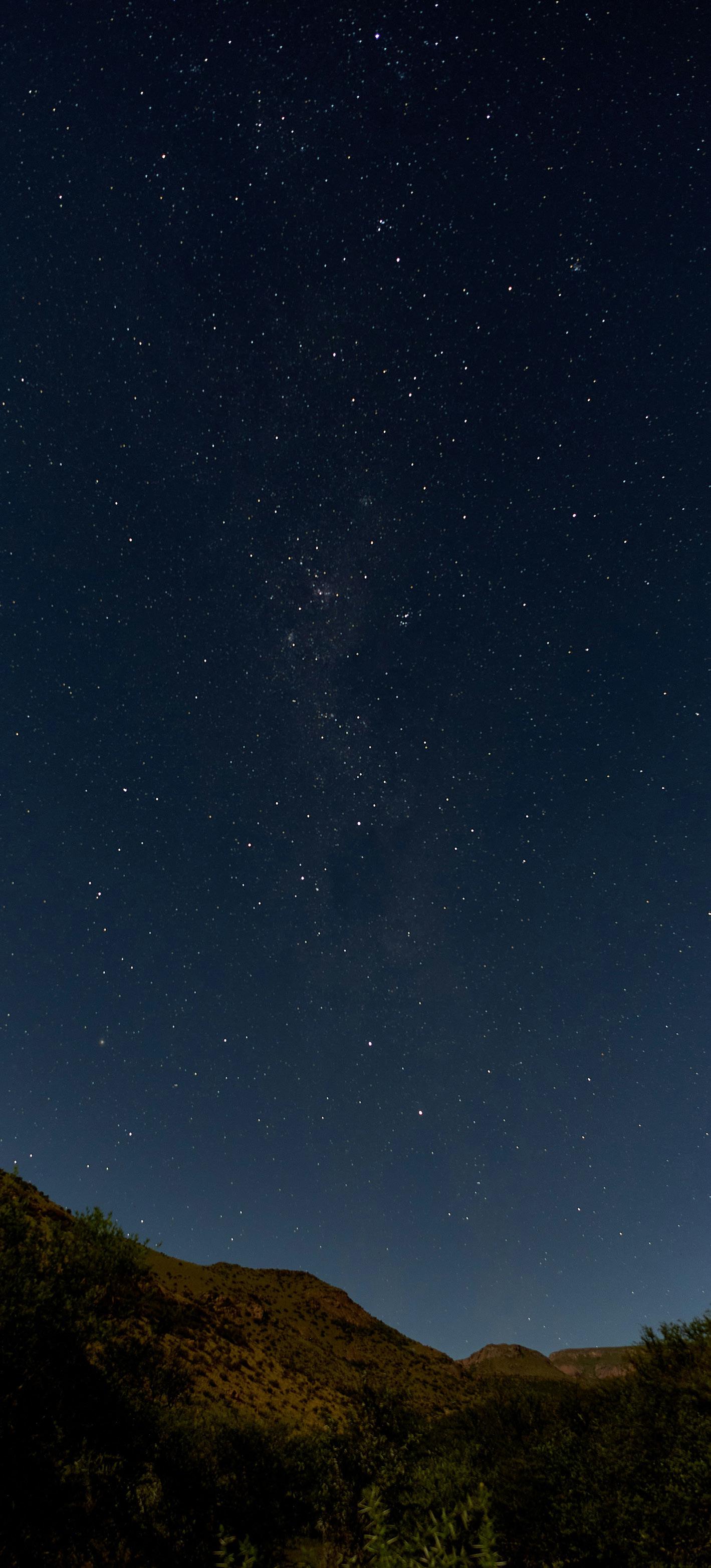
most of life on the earth, it’s going to create hell all over the place.
So how does humanity react in that kind of a crisis, an immediate crisis, where they have two years? We’re going to have to get our act together in two years, or we’re done with. So, look at disaster scenarios, see how science fiction writers might imagine where humanity has to collectively come together very quickly, and see what we do. We have struggled with becoming an integrative, globally cooperative species for thousands of years. We tend to make war, attempt to conquer each other, draw off of each other, and even though we have created various relatively stable empires at times, we never keep them together long enough. And so, we have a history of some degree of cooperation and collaboration, and we also have a continual history of conflict and division and war. I wish I was a little wiser in commenting on this issue, but this is as I find it.
Claire Nelson: What you’re saying is very useful because, indeed, we do see ourselves as independent, separate nations, not recognizing interdependence. And the fact is, now that we’re talking about going to have a presence on the moon, we do have to contemplate what if there was something to go wrong with the moon. I mean, one person I heard in a space conversation say, “There’s nothing we could ever do to the moon to destroy it.” My response was, “I’m not so sure about that, because we always find a way to be destructive as humans.”
Tom Lombardo: I should mention, because I brought him up earlier, even though he’s over a hundred years old, H. G. Wells is worth looking at. Wells believes strongly that competitive nationalism was our undoing, and that we had to create a world governance. He believed that over a hundred years ago. Now the way he imagined doing it, people may have various issues with it, but he saw that a long, long time ago. There are pros and cons to the whole thing, but how indeed did he imagine a world-level cooperative humanity? How did he imagine it? Because he thought it was essential and he thought— and because living between the First World War and the Second World War, he saw humanity continually in a state of attempting to annihilate each other in different manners or forms.
Claire Nelson: Yes. We are very adept at that. To wrap up. I want to focus on civil society. What can ordinary people do? The declaration on future generations is about preparing youth to do things

differently, to have a different mindset about the world that they’re co-creating. What role do you see for sci-fi in helping to, promote ideas about new models of civil society and models for youth that can help shape the action outcomes? How can sci-fi promote new models that may lead us to greater peace and interdependence and the collaboration talked about as an outcome of this summit?
Tom Lombardo: I’m going to give you an example that everybody is familiar with. Consider this. Science fiction creates different or alternative visions of the future. And sometimes these visions of the future are very upbeat and positive. And sometimes these visions become very influential to the point where they provoke the development of social communities, who are avid fans and really into that particular vision of the future in that particular narrative. The example I’m going to use here is Star Trek, because Star Trek, which is a positive vision of the future between the TV shows and the movies that have been made, has instigated a grassroots social community, which to a great degree lives, breathes the Star Trek vision of the future.
So, Star Trek is something that is a community, based in civil society, made up of fans and youth. A lot of youth, identify with a positive vision of the future, the vision in Star Trek, and that has an impact on popular culture in general. So, science fiction in its different visions can provoke the emergence of social communities or groups that identify with different kinds of positive visions of the future and popularize those visions to the general public.
Now I want to just keep in mind, that Star Trek is only one vision. One of the final strengths of science fiction is you have multiple authors, multiple points of view, multiple novels, and multiple films, so you can entertain different possibilities. And as science fiction has become more global now, you could also have at your disposal, which you do, a great deal of science fiction written that comes out of non-Western cultures in contemporary times. So, you get a great diversity out of that.
Claire Nelson: Well, I think that’s a really good place to end. We definitely would like to see more visions of the future coming out of non-Western culture. After all, the Summit of the Future involves all the nations of the United Nations signed on to the Pact for the Future, the Declaration of Future Generations, and the Global Digital Compact. I am happy we had this conversation because it’s given me a couple of ideas of what WFSF might do differently to help shape the outcomes of the Summit of the Future and drive the acquisition of anticipatory governance skills. Thank you.
Tom Lombardo: There’s one quick thing. On global science fiction, I recommend a series by Lavie Tidhar, The Best of World Science Fiction. It’s a contemporary anthology series that brings together science fiction from all over the globe, and a lot of it

is non-Western. Lavie Tidhar is a contemporary Israeli science fiction writer who’s written some very good stuff on his own but is also a great editor he pulls together writers from all over and the book gives us diverse cultural perspectives. The Best of World Science Fiction.
Claire Nelson: Wonderful. Thank you so much for sharing that tidbit with us. The Best of World Science Fiction. That’s a great place to wrap this conversation. I want to thank you so much, Thomas Lombardo, for sharing your decades of study of science fiction and its implications for the future. We look forward to having this conversation continue as we go beyond the Summit of the Future and begin as the World Future Studies Federation to find ways to shape the outcomes of the Summit of the Future. Thank you once again.
Tom Lombardo: Thank you for having me.
Tom Lombardo is Director of The Center for Future Consciousness offers educational experiences that challenge and stimulate the mind, expand conscious awareness, empower creativity and imagination, deepen knowledge and understanding, enhance ethical character, and promote personal and social growth. Our mission is to advance the purposeful evolution of humanity through the heightening of future consciousness and wisdom and the inspirational, mythic, and cosmic power of science fiction.

FUTURES ARTIFACTS FROM THE YEAR 2050
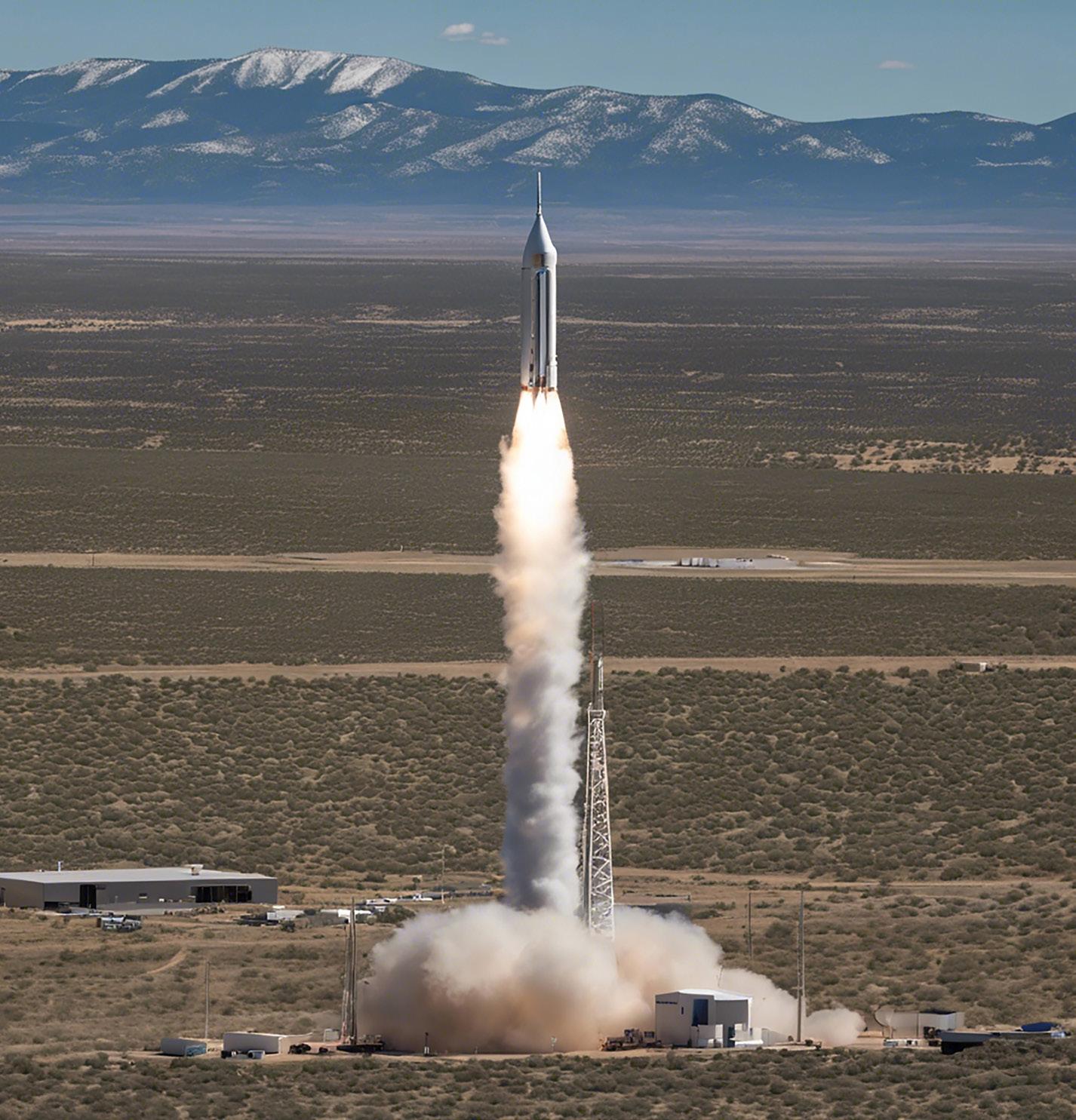

This image shows the midday launch of a small payload Popay single stage rocket heading to near earth orbit from the Galisteo Spaceport at Kennedy, New Mexico, 20 miles southeast of Santa Fe, New Mexico. Galisteo Spaceport can accommodate small lift vehicles (under 2000 kilos) either built to order or turn-key boosters. Kennedy is conveniently accessible via the Atchison Topeka & Santa Fe Railroad and NM Highway 42.
(Photo credit Christopher Jones & DreamWeaver).




Our company Zoetix Media was contracted to do social marketing for the 20th Annual Dreamtime Conclave of the Indigenous Peoples taking place in Australia on August 9th UN Indigenous Peoples Day. The Conclave will announce the New Covenant with the Cosmos to address the issues of Space Sustainability and ensure Just Futures for All in Space. Here are some of the visuals from the marketing campaign. Note the inclusion of the aboriginal art motif as a signature feature of the design.

McDonald's Achieves B-Corp Status: A Sustainability Milestone
A decade after McDonald’s embarked on an ambitious rewilding consulting initiative, the results speak volumes about the power of rewilding business practices Spearheaded by a visionary group of executives, these efforts have transformed the fast food giant, setting new standards for corporate responsibility and environmental stewardship The adoption of the rewilding approach, has led to significant changes across McDonald’s:
Menu Innovations = Health Revolution
The introduction of the BigMane® Burger at McDonald’s has captivated taste buds and brought remarkable health benefits to the table This innovative burger, featuring the lion’s mane mushroom, is a game-changer in fast food, offering a powerhouse of nutritional advantages: Brain Booster: Enhances memory and cognitive function
Mood Enhancer: Helps alleviate symptoms of anxiety and depression
Cancer Fighter: Shows potential in combating certain types of cancer
Immune Booster: Strengthens the immune system, especially in the gut.
Antioxidant Power: Rich in antioxidants to combat oxidative stress

McDonald’s became a cooperative network to streamline operations and enhance product freshness This transformation includes:
Local agricultural hubs for sustainable crop cultivation.
Bakery stations that utilize local grains
Dedicated facilities for crafting plantbased patties
Sustainable Packaging: Transitioning to biodegradable, mushroom-based packaging has reduced waste and supported local ecosystems
Energy and Water Initiatives:
Implementing renewable energy sources and water-saving technologies has underscored McDonald’s commitment to reducing its environmental footprint Lands previously used for cattle farming have been returned to Indigenous communities, where rewilding experts are collaborating to restore native ecosystems These initiatives have helped maintain McDonald’s profitability and boost employee satisfaction Staff can now engage in work aligned with their interests and values, such as mushroom farming, baking, health research, and rainforest restoration
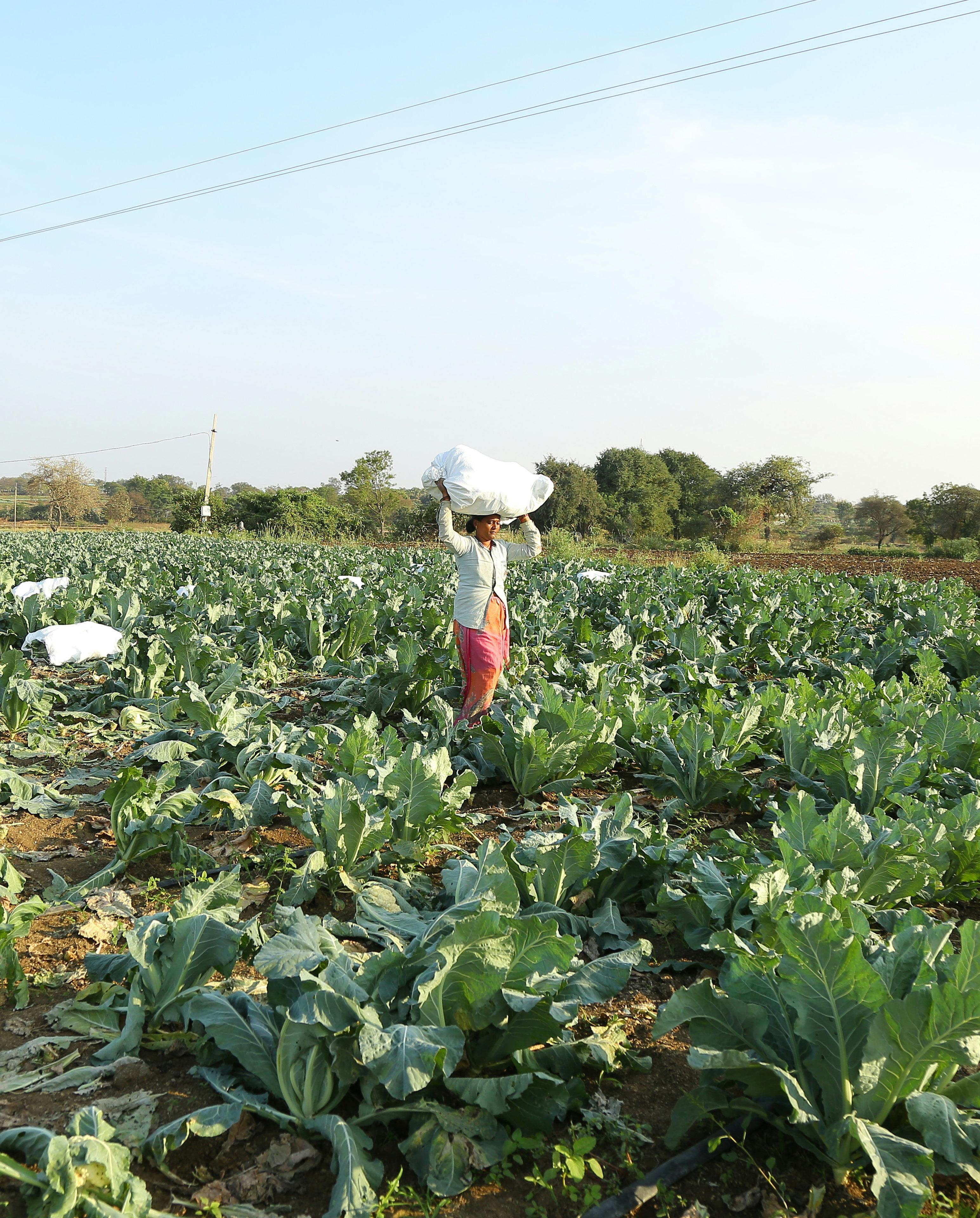
By Ibrahim Singh

GRID A – the first installment of the Global Power Grid – is, as you all know, in operation and delivering 27.3% of Humanity’s energy. It is by far the biggest, most expensive, most ambitious single project our species has undertaken to date. Completion of Grid A last year marked the beginning of a new era in human history. Today, we publish an interview with one of the key leaders of the global team that made it happen: the CEO of Global Power Grid Consortium, Jennifer Wang.
IS: For our younger readers, could you briefly recap the history of GPGC?
JW: Sure. In 2030, it became clear to world leaders that fossil fuels – still powering ¾ of our global energy needs back then – were reaching the end of their usefulness. By 2070, if we
continued business as usual, extracting a barrel of oil would cost as much energy as that barrel contained – with nothing left for you and me. And renewables, despite all efforts and massive investment, were not coming online fast enough. Time to find and deploy a solution that would work on the necessary scale was running out. Something had to be done, and done fast. What they did was to start GPGC.
IS: Why this particular solution?
JW: For starters, the time constraints dictated that the technologies we use would have to be relatively mature. The experience with nuclear fusion taught us not to bet humanity’s well-being on an unproven technology – not if we had alternatives. Which, fortunately, we did. There is a lot more than enough solar energy available to cover our civilization’s needs for centuries
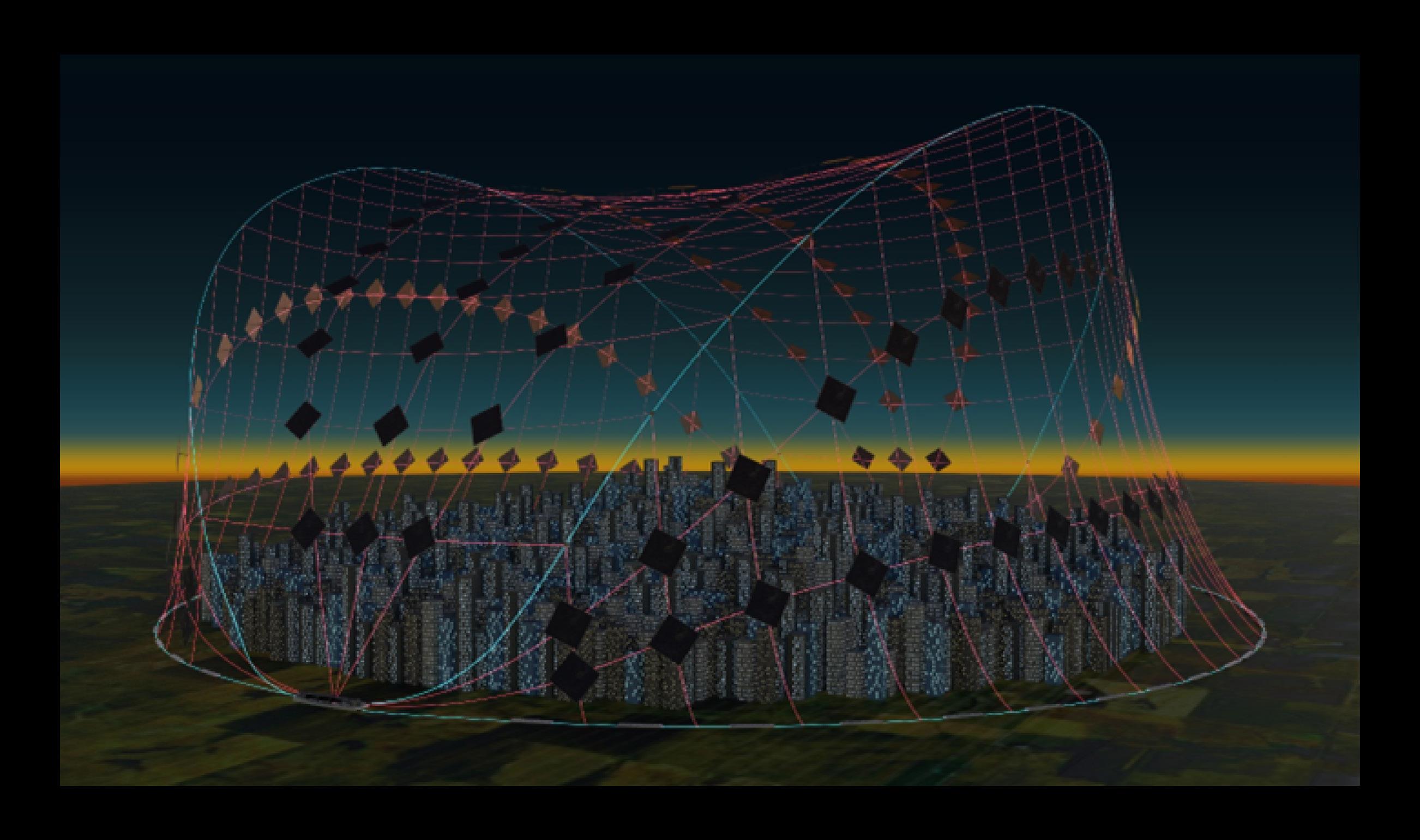
to come. The problem was that solar panels don’t produce any energy at night. So, for decades, solar had to have either fossil-fueled backup or energy storage so we don’t have to shut down everything at dusk. Well, fossils won’t last long, storage is expensive and limited, so it looked like we’d eventually have to shut down everything from dusk until dawn, like cave dwellers did. It didn’t look promising.
But that was the myopic local view. To see the solution, they had to zoom out. See, half the planet we live on is lit by the Sun at any given time. If you wrap this planet in a global power grid, you need no storage or backup. You can keep the lights on all the time: folks on the day side of the planet sell excess power to those on the night side, and 12 hours later they swap. And that’s why GPGC was created: what we were dealing with was a global problem, so any solution to it would have to be global to make sense.
The good news was, all technologies required – solar panels, inverters, high-voltage equipment and transmission lines - were very mature by 2030. We already had every technology we needed to trade power the way we were already trading everything else – globally.
IS: It is clear that fossil-fueled backup for solar makes no sense in the long run. But can you elaborate – what’s wrong with local storage?
JW: In a word, scalability. There were 3 mature storage energy technologies by 2030: pumped hydroelectric, lithium batteries
and hydrogen. Despite decades of investment, total worldwide storage capacity for pumped hydro in 2030 was enough for 8 minutes of energy use. And all suitable gorges were already flooded. For hydrogen it was less than 2 minutes. For lithium, less than 1. So, all this effort and investment only allowed humanity to keep the lights on for about 10 minutes after sundown. For comparison, night, on average, lasts 12 hours. Clearly, we needed to do much better than 10 minutes.
IS: The Global Power Grid has to be, well, global in order for it to work. How did you manage to get enough subscribers around the globe?
JW: You are right, there must be a critical mass of subscribers to make GPG viable, and they have to be spread out geographically to have a good coverage of the globe. Fortunately, in 2030 we had two competing global alliances – NATO and BRICS – each with territories and facilities spread around the planet. Almost ¾ of all people lived in one or the other of these two alliances. It might be hard for our younger readers to believe, but NATO and BRICS were on such bad terms with each other that a global war between them was a real possibility. So, a global grid including both alliances was, at first, not seriously considered. The initial idea, instead, was to set up two independent grids. It was quickly realized, however, that you can’t do that without the grids intersecting each other at many points around the globe. So, you’d how Global Power Grid Authority – GPGA, the precursor to GPGC – was created.
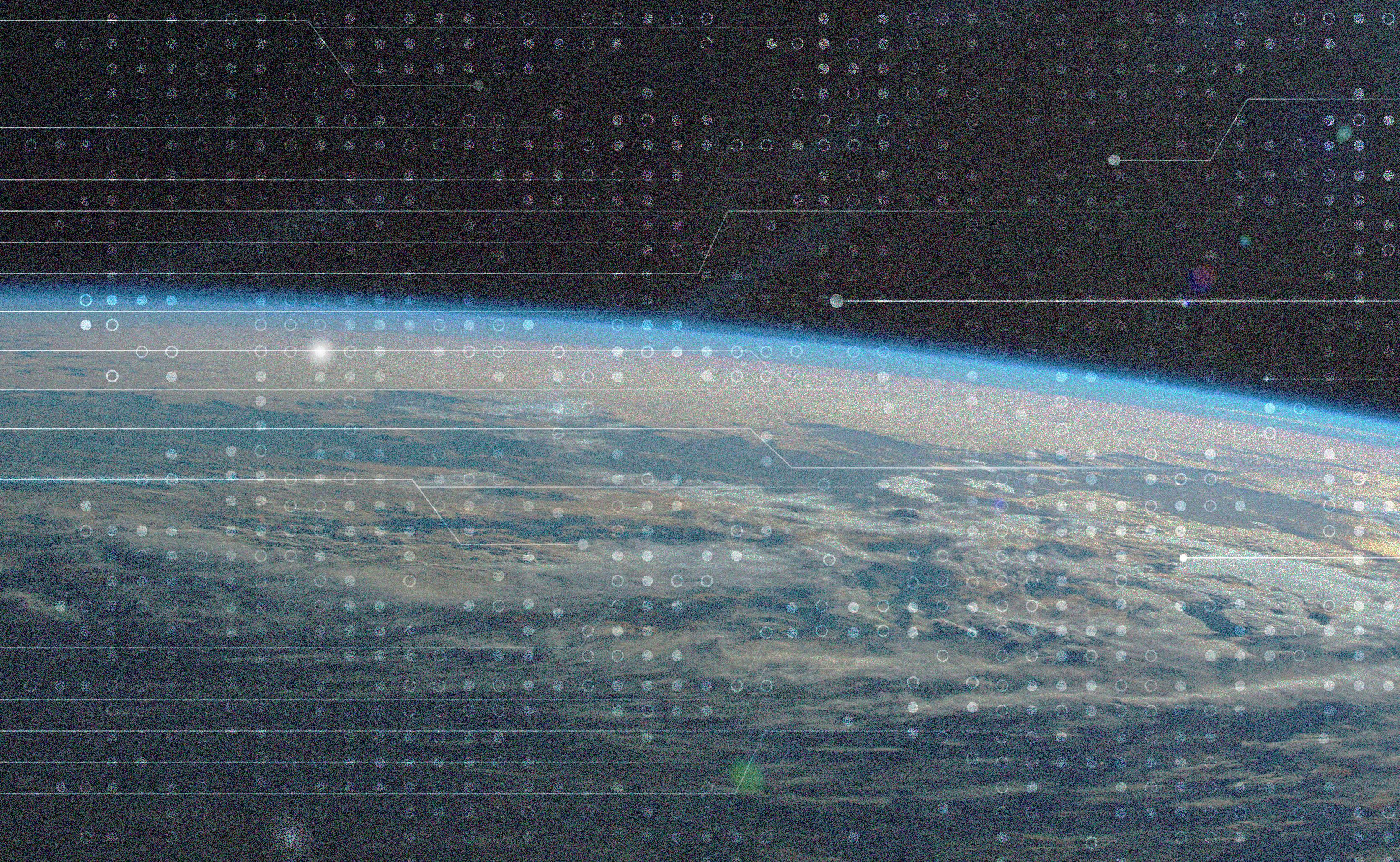
IS: How did the Authority evolve into the Consortium?
JW: Once the planning of both grids got underway, it immediately became clear that each of the two competing alliances could very effectively sabotage the other, if it chose to. Most of the solar panels were made in China, a BRICS country. Most of the ultrahigh-voltage cable was manufactured in NATO countries. To complete a system, you have to have both; so, by hoarding their respective resources, each alliance could prevent the other from completing their system until whole industries emerged domestically to replace imports at the necessary scale. Which would take decades.
Of course, this strategy would be reciprocated by the other side, so both systems would be derailed. And panels and cable are only the beginning – there are many opportunities to create even longer delays for your competition, for example by hoarding mineral resources (which take much longer to find substitutes for than cable and panels).
Meantime, bonds have been issued, resources invested, promises made. Companies made investments expecting lucrative contracts. Folks invested in getting professional skills relevant to the massive projects, expecting well-paying jobs.
Politicians of both alliances found themselves under pressure of private industries and citizens. Just for reference: our vendors, collectively, employ over 200 million people. That’s 500 times more than it took to put humans on the Moon the first time. They, and their families, needed the grid to succeed. The two-grid plan, meantime, looked more and more like a dead end.
So, the stakeholders expanded the Authority’s mandate and converted to the Consortium – a global utility free to buy products and services from any vendor worldwide. We now have local contractors in almost 100 countries. And we have one grid, not two, just like we have one World Wide Web. And, just like the World Wide Web, GPGC does not stifle competition (as many in 2030s were concerned it might) – it actually promotes it, like utility companies have done for decades, and farmers markets for millennia.
IS: As you said, twenty years ago a global war was a real possibility. Instead, even the local conflicts have all come to an end. Did GPGC play any role in that?
JW: As CEO of GPGC, I’d love to claim some credit (smiles). Seriously though, when you are a worldwide enterprise, you have a lot of leverage in conflict resolution. And it doesn’t mean
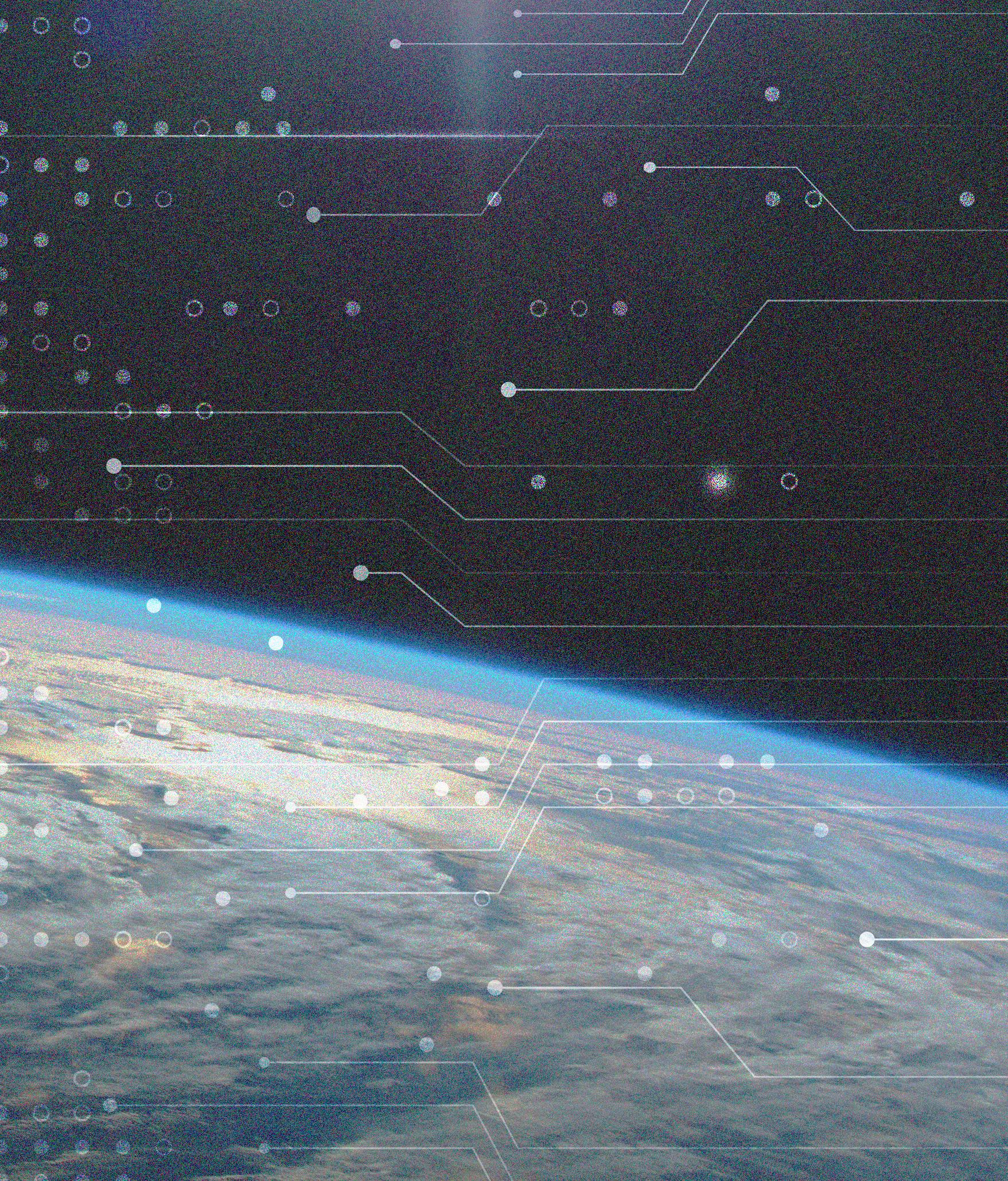
involvement in politics (which is expressly prohibited in GPGC charter). When we work on routing our transmission lines, we avoid conflict zones for security reasons – and that’s a very strong incentive for local leadership to choose prosperity over war.
IS: Where do you see GPGC in twenty years?
JW: First, we have to complete Grids B and C. By then, 99.9% of energy humans use will be traded on GPG. Even after that, with humanity’s energy needs continuing to grow, we’ll stay very busy with maintenance and upgrades to the grid.
There is another project the Consortium involved in: Power Domes. These systems collect solar energy and accumulate it in their dynamic frameworks, feeding it to local consumers as needed. Their magnetically-levitated rotors store the energy, while their rotation keeps stators taught and the whole structure stable. The stators double as support structures for the solar panel arrays. Power Domes are an ideal system for powering isolated locations with a limited number of consumers. The first prototypes are currently powering Moon bases, where weak gravity and free vacuum make it easier to build the Domes. Construction of the first Martian prototype will begin next year. We expect the technology to mature enough in the next decade to start

building one on Earth – perhaps to power Hawaii or Fiji.
The reason GPGC is interested in these projects is two-fold. First, Power Domes of sufficient size– say, 25 kilometers high - would reduce the environmental impact of solar arrays –and at the same time increase their reliability and output by putting them above clouds. Second, they are a stepping stone for development of Launch Loop technology – nonrocket access to Space. With that, power generation – and, eventually, most of consumption as well – will be done in orbit. At that stage, the terrestrial Power Domes will serve as dynamic supports for the rectennae receiving power from Space-Based Solar Power Stations overhead. This is almost certainly beyond the 20-year horizon though.
If it sounds like we are preparing for our own obsolescence, that’s because we are. It is best to do that while we have resources to invest in our own replacement. The fossil-fuel industry ignored the signs for too long and nearly missed the train for investing in GPG, although ultimately it became one of our biggest supporters. We learned the lesson: foresight matters. We try to anticipate, and to a certain extent drive, the developments that will come next.
IS: Jennifer, thank you very much for this interview, and best of luck with your impressive work!
JW: Thank you for this opportunity, Ibrahim.
Note: The preceding text is an imagined interview taken on Thursday, January 20, 2050, by a fictional journalist, Ibrahim Singh, working for an equally fictional media channel, Good News. The interviewee, Jennifer Wang, and her employer, Global Power Grid Consortium, are just as imaginary as everything else in this story. Any similarities with any real person or organization are purely coincidental.


By Leopold P. Mureithi
The Millennium Project Kenya Node
INTRODUCTION
TWO events took place in Nairobi, Kenya, in early May 2024 that could have a major impact on the pathways that humanity’s collective future might take. The first was a half-day gathering on the 8th, by over 70 representatives of over 30 nongovernmental organizations (NGOs) in official partnership with UNESCO, to strategize on uniting for action in order to realize the organization’s core mandates in education, science and culture: UNESCO’s civil society partners unite for impact at UN Civil Society Conference in Nairobi | UNESCO. The second was the massive 69th United Nations Civil Societies Conference (2024UNCSC) on 9-10 May 2024.

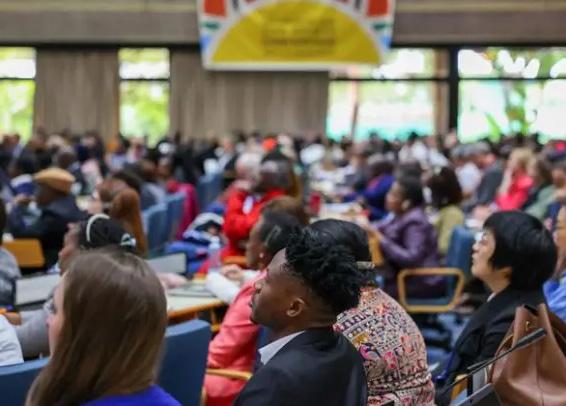

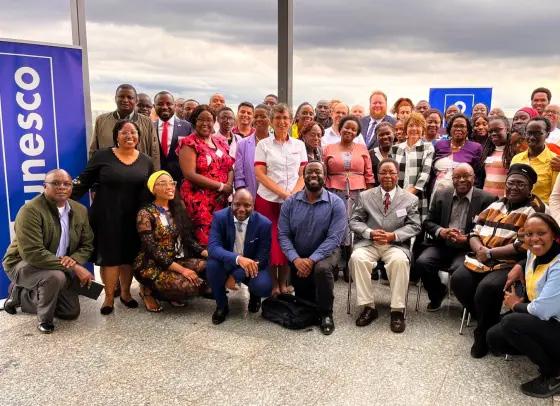

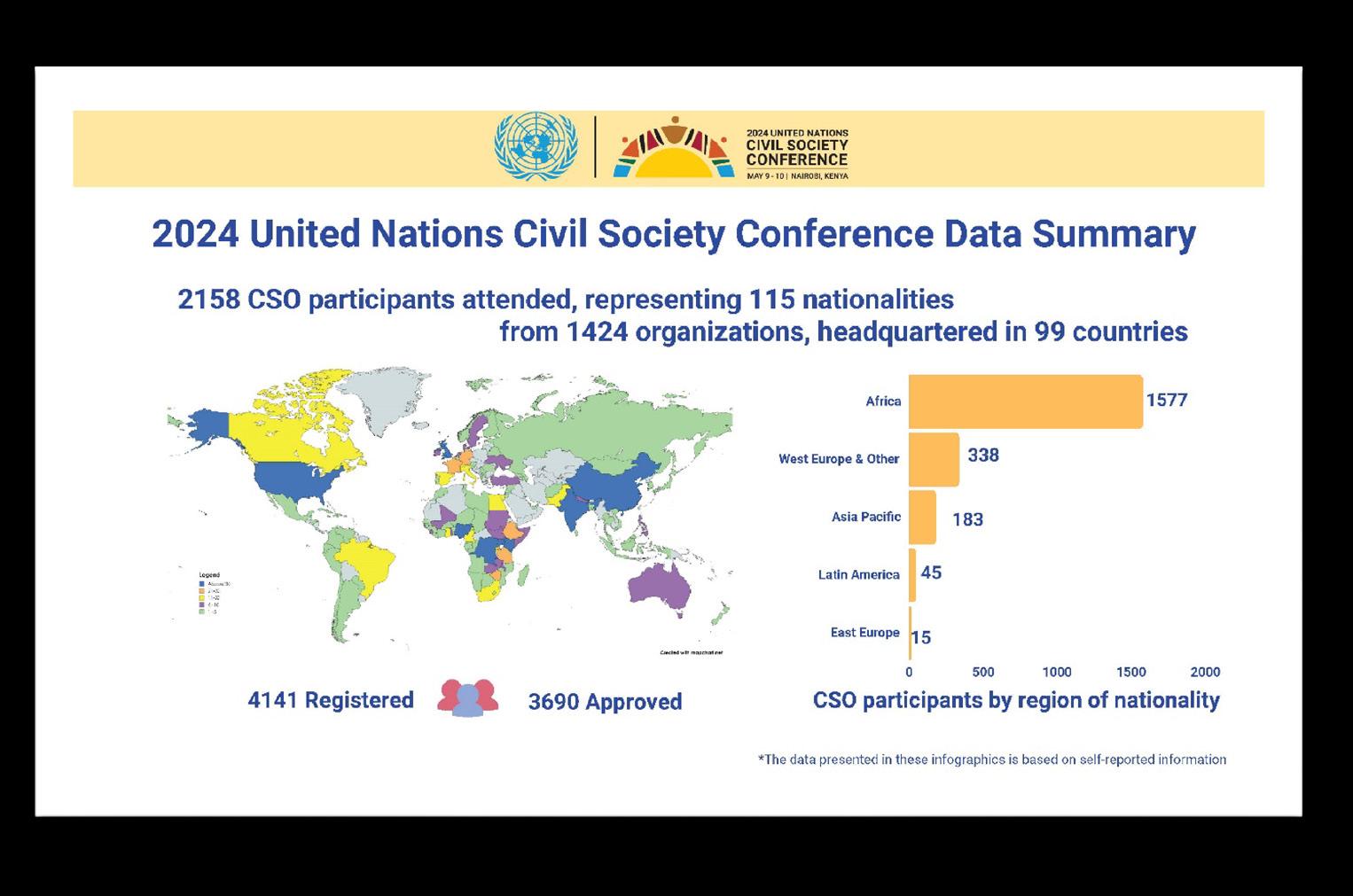

2024UNCSC | United Nations.
Its purpose was to provide input by civil societies to the September 2024 Summit of the Future (SOTF) in New York on “Multilateral Solutions for a Better Tomorrow.” It attracted 2,158 participants from 115 nationalities -- representatives from over 1,424 organizations headquartered in 199 countries. Over half of those participants came from Africa.
2024 UNCSC Participation Summary | United Nations.
It was guided by the theme “Shaping a Future of Global and Sustainable Progress,” and was organized in plenaries, workshops, and ImPACT Coalitions.
2024UNCSC was the largest ever assembly that the UN Department of Global Communications (UNDGC) had ever organized. Its success rate can be further established by the oversubscription factor: 4141 persons expressed interest by registering, with 3690 approved -- giving 4% excess demand. Since 2158 turned up, this gives a high Pass score of 58.8%.
The third success factor is its gender and crossgenerational mosaic of participants.
2024 UNCSC Participation Summary | United Nations.
The youth constituted (42%), women 41%,and the elderly (4%) -- thus being cognisant of the intergenerational multiplier effect (sotf-letter-dfgexplanation-intergenerational-multiplier-effect_.pdf (un.org)) and the utility of giving a voice to young people and to future generations also.
Fourthly, tagging along were around 400 representatives of 64 governments, seven InterGovernmental Organizations (IGOs), 37 United Nations entities and over 100 media reporters. This diversity enriched the deliberations and enhanced buy-in for sustainability.
The fifth indicator of the conference’s success is its emphasising the substrates of sustainable
development such as culture, education, ethics, freedom of expression, and human rights – all in the interest of the UN vision of peace, dignity, and equality on a healthy planet.
Sixth, but not least, is indirectly prompting the operationalization of Public Benefits Organizations (PBO) Act of 2013 in the host country, Kenya. During the closing session also graced by UN Secretary-General António Guterres on 10th May 2024, and joking that he had a date with the conference organizers, President Ruto announced that he had activated this Parliamentary Act the day before, on 9th May 2024. Having
been over a decade in limbo, this legislation will likely speed up operations of NGOs in Kenya, both local and international.
KEY TAKEAWAYS
A Focus on SDGs
The world is ceased with the 2030 Sustainable Development Goals (SDGs) in place since 2015, with 5 focal points chosen by the UN General Assembly (UNGA) on 10th August 2023 as our Pact for the Future. Table 1 gives a back-cast to the SDGs.
Table 1: Road to UN Sustainable Development Goals (SDGs)
Table 1: Road to UN Sustainable Development Goals (SDGs)
UN Sustainable Development Goals (SDGs) (2030)
1. No Poverty
2. Zero hunger
3. Good health and well-being
4. Quality education
5. Gender equality
6. Clean water and sanitation
7. Affordable and clean energy
8. Decent work and economic growth
9. Industry, innovation, and infrastructure
10. Reduced inequalities
11. Sustainable cities and communities
12. Responsible consumption and production
13. Climate action
14. Life below water
15. Life on land
16. Peace, justice, and strong institutions
17. Partnership for the Goals
Our Common Agenda (2021) (OCA) Commitments
1. Leave no one behind
2. Protect our planet
3. Promote peace and prevent conflicts
4. Abide by international law and ensure justice
5. Place women and girls at the center
6. Build trust
7. Improve digital cooperation
8. Upgrade the United Nations
9. Ensure sustainable financing
10. Boost partnerships
11. Listen to and work with youth
12. Be prepared
Pact for the Future (2024) (PFF) Areas/themes
1. Sustainable development & financing
2. Peace & Security
3. Science & innovation.
4. Youth & future generations
5. Reform of global governance
IMPACT Coalitions (IPC) on Key Reform Initiatives (2024)
1. Accountability, Standards, and Monitoring
2. Artificial Intelligence
3. Children’s Rights and Participation
4. Earth Governance
5. Funding for Community Action on Sustainable
6. Gender Equality
7. Inclusive Global Governance
8. International Anti-Corruption Court
9. UN Charter Reform
10. Youth and Intergenerational Engagement: Collective Action for Youth, Adolescents and Older Generations
11. Arts, Culture, and Faith-based Solutions
12. Digital Governance and Eliminating Digital Divides
13. Drug Policy for the Future
14. Financing for Development and International Financial Architecture Reform
15. Future Generations
16. Just Institutions and the International Court of Justice
17. Peacebuilding
18. Science and Policy Solutions for the Planet
19. Towards the World Social Summit
20. Underrepresented Communities
Sources: The Sustainable Development Goals Report 2023; Our Common Agenda | United Nations; Summit of the Future ‘unique opportunity’ to rebuild trust: Guterres | UN News; https://www. un.org/en/2024uncsc/2024-uncsc-impact-coalitions-programme.
SDGs are aspirational futures, with goals and targets identified through a global process. These serve as framework reference for member states some who fail to break the glass ceiling, finding the targets beyond reach: “only 17% of the SDG targets are on track, almost half show minimal or moderate progress, and more than one-third demonstrate a lack of progress or a reversal thereof.” -- UN Stats Report Translates 2023 SDG Summit Declaration into Action | News | SDG Knowledge Hub | IISD. Nevertheless, the common agenda and the pact for the future give a gang-ho ambience and peer pressure to double down to achieve.
The Pact for the future is an action-oriented outcome document. The logic is SDGs to be achieved through our common agenda with ImPACT coalitions being feeder mechanisms into that scheme. There is need for further analysis to establish validity, interconnections, coherence, and gaps. This would be useful in characterizing the elements
of a successor arrangement to the 2030 SDGs, due in six years’ time, and which could prepare the world for possible Singularity by 2045. -- What Is the Singularity and When Will We Reach It? (makeuseof.com).
Climate was the top issue for youth registrants. Those over 35 years old identified gender as the top issue. The third most identified topic of interest was youth and children.” - nairobi / Civil Society Conference Opening | UNifeed. This is good to know, so as to effectively best-fit the requirements of the various demographics in policy making and in the delivery of programmes and projects, so that no one .is left behind.
Albert Einstein (1879–1955) warned that „We cannot solve our problems with the same thinking we used when we created them.” Thus, new ideas and perspectives are necessary to creatively address the emerging challenges contextually. A fortiori, as the UN Secretary-General has put it, “We can’t build a future for our grandchildren with a system built for our grandparents.”
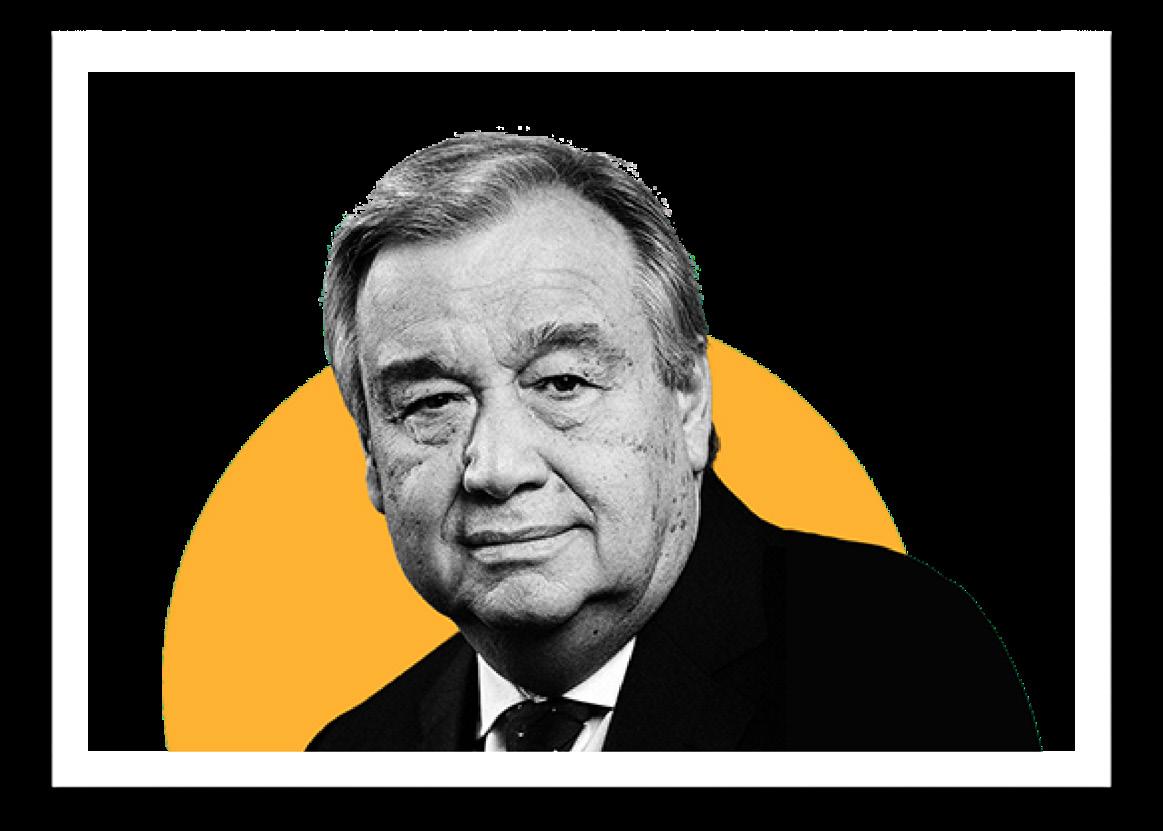
Summit of the Future website -- EN | United Nations. This clearly points to the need for new forms of leadership.
Being a reflection of human ingenuity, research and development should be encouraged and promoted as necessary to enhance technological development, including artificial intelligence (AI). Nevertheless, anticipatory guardrail regulations should be in place to ensure responsible outcome of such technology for sustainable development and enhanced wellbeing of all humanity, leaving no one behind. The guiding principle should be akin to the Hippocratic one in medical practice: do no harm (Primum non nocere - Wikipedia). Such robust governance is best carried out on a planetary scale by an empowered united humans institution.
In tandem with a call for new forms of leadership, a reform of the UN becomes part of that architecture. An ImPACT coalition was inaugurated for this purpose. A radical proposal is to replace the UN with the UN 2.0, United Humanity Organization (UHO) which would focus on human security, achievement of which would make military security redundant.
Specialised agencies of the UHO would include an international World Wide Court to prevent aspects that may be antihuman, misanthropic, hateful, xenophobic, intolerant, bigoted, and disparaging regarding humanity and its diverse parts; as well as an International Anti-Corruption Court.
By putting people at the heart of global governance, everyone would be a world citizen and institute a permanent Global Citizens’ Assembly to cure existential threats such as ecological

destruction, nuclear war, and technological dystopia. Within this inclusive global governance perspective, UHO can promote a planetary green power grid – pooling from all sources, including solar energy – enjoying economies of scale. A type II Kardashev scale of civilization is possible. - Kardashev scale - Wikipedia.
The news during the closing session, about the commencement of the PBO Act by President Ruto, may turn out to be a future-bearing event, a weak signal. Many NGOs face “rising threats and shrinking space.” - First UN civil society forum held in Africa heralds ‘inclusive’ Summit of the Future — Global Issues. Going forward, one expect pressure for reform in many countries whose governments still see civil society organizations (CSOs) as an unwelcome nuisance, possibly welcome in humanitarian emergencies, but restricted when it comes to human rights advocacy, community empowerment, and civicpolitico education. -- Freedom in the World | Freedom House.
During the same closing session, “another group also raised the issue of healthcare in Kenya.” -- Day 2 Afternoon Press Release | United Nations. This wild-card phenomenon may have turned out to be a precursor for countrywide protests, spearheaded by Generation Z (Gen-Z) starting 25th June 2024, against the fiscal year 2024 Finance Bill, deemed to contain extravagant expenditures by Government and burdensome revenue-raising measures. The Prime Cabinet Secretary,
Musalia Mudavadi, hinted at the trigger of this crisis thus: “We gave them the ammunition to fight back by showing off our opulence, corruption and wasteful use of public resources”Mudavadi: Insensitive State officials to blame for anger towards government (the-star.co.ke). See also 7 key factors driving Gen Z’s political awakening in Kenya | Pulselive Kenya.
These protests organically morphed to pressure for a broad range of fundamental socio-politico-economic reforms, some kind of systems thinking. As the famous economist, Milton Friedman, stated “only a crisis – actual or perceived –produces real change. When that crisis occurs, the actions that are taken depend on the ideas that are lying around”Milton Friedman on the import of crises – Economic Sociology & Political Economy.
The Kenya Gen-Z’s discontent is a “leaderless, tribeless digital activism” (Gen Z Leads Digital Uprising Against Economic Injustice in Kenya - JURIST - Commentary - Legal News & Commentary). This is akin to reifying Carne Ross’s thesis on the leaderless revolution, in the public domain since 2010. Vide The Leaderless Revolution: How Ordinary People Will Take Power and Change Politics in the 21st Century: Ross, Carne: 9780452298941: Amazon.com: Books. The need for a woke anticipatory foresight in government cannot be gainsaid – “for stimulation, exploration and exchange of ideas, visions, and plans for alternative futures, through long-term, big-picture thinking and radical change” in various domains – a la World
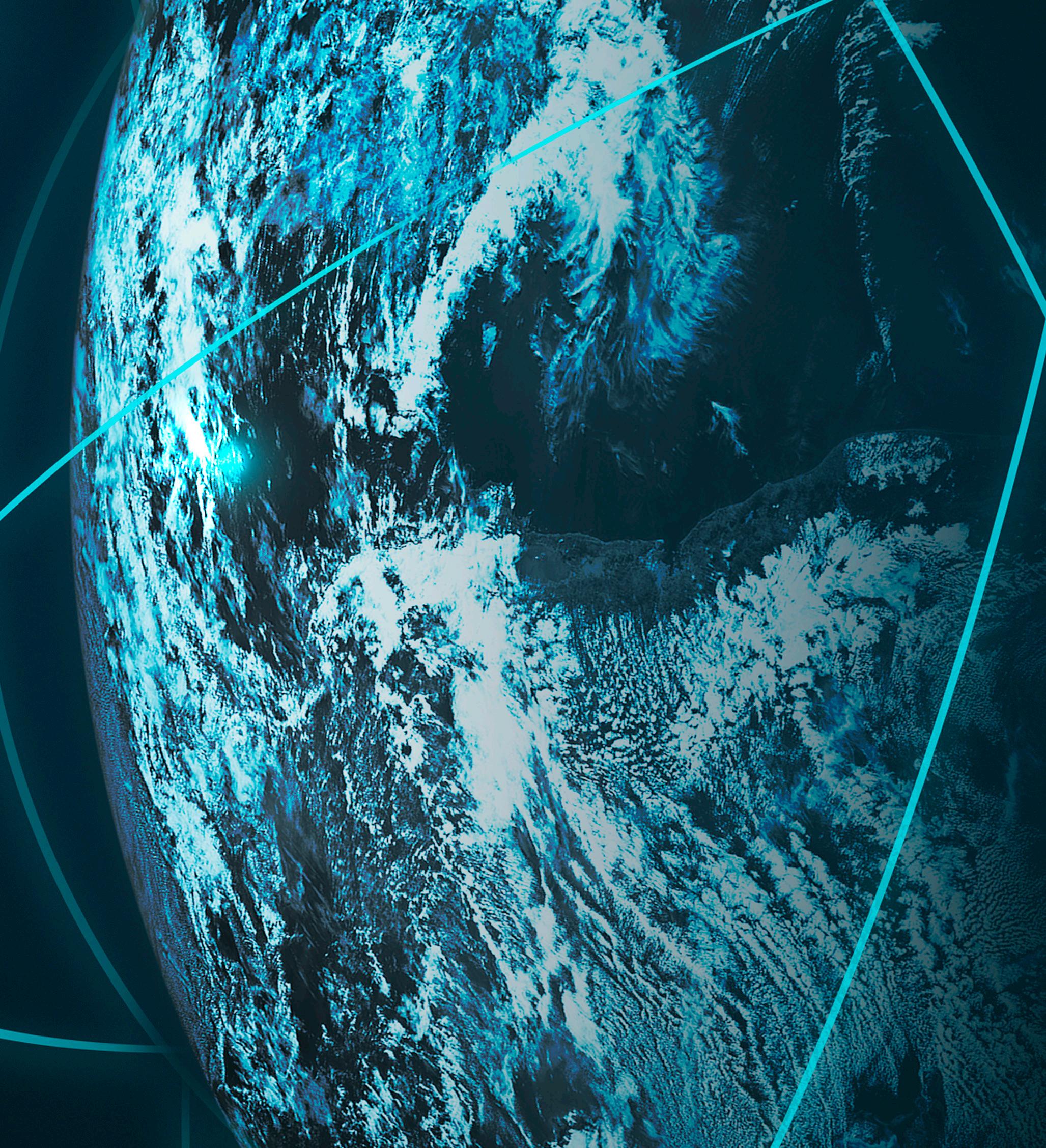
Futures Studies Federation (WFSF): World Futures Studies Federation – Independent Global Peak Body For Futures Studies Scholarship A UNESCO Partner – Founded Paris 1973 (wfsf. org). Such capacity, by way of futurists for strategic foresight, is lacking in many countries, especially in Africa. -- Amy Webb: Why the Government Needs a Futurist to Enrich the Workforce -- WorkingNation.
Being global peak body for futures studies scholarship “with members in over 60 countries …. academics, researchers, practitioners, students and futures-focused institutions” (www.wfsf. org), WFSF’s comparative advantage is in the areas of futures literacy, futures studies and strategic foresight. To constructively and formally engage with the UN Summit of the Future and beyond, a possibility exists to form an ImPACT Coalition on futures studies. [See Community Information Brief at Info Brief -- UN Civil Society Conference -Nairobi (itpcglobal.org) on the requirements].
This would be a structured way for like-minded institutions to give a futures perspective in addressing the five PFF-themed issues (see table 1) and give proposals that would feed into post-SOTF future pathways, the Pact for the Future (PFF).
Each ImPACT coalition is expected to undertake education, outreach and advocacy. WFSF-initiated ImPACT Coalition can take on the role of promoting futures competences and explicating an understanding of alternative futures in all
areas of concern to all other ImPACT coalitions, with a view to co-creating sustainable policies and strategies for all areas. This would be mainstreaming futures orientation by futurizing approaches in global solutions to global problems.
A working name? Futures Mainstreaming ImPACT Coalition (F-MIC). This coalition would work with the UN strategic planning network whose objectives include to “explore mechanisms to provide strategic thinking on UN wide planning issues.” -- unspn -- UN strategic planning network -- info (itu. int). F-MIC’s key liaison could be the UN Futures Lab, and reference made to DESA’s guidance on strategic planning and foresight. Possibly mooted earlier to a core of founding institutions, the idea of an F-MIC could be firmed up during the SOTF “Action Days” scheduled for New York on 20 and 21 September 2024 “to generate additional opportunities for the engagement of all actors” - Action Days - SOF | United Nations.
The world faces myriad complex challenges, some being wicked problems posing existential threats to humankind. From Nairobi is seen movements, if not quantum progress, on the road to 2030; disruptions, black swans, and curveballs arising from popular dissatisfaction with business-as-usual status driven by adherence to used and disowned futures; and yearning -- especially by the youth -- for a brighter human future.
The 2024UNCSC innovation, along the lines of the ImPACT Coalitions, displays institutional preparedness to face the challenges ahead and pave ways to a preferred future. These will help in addressing the inadequacies in “implementation efforts”: 2024 Open Letter on the United Nations Pact for the Future – Coalition for the UN We Need (c4unwn.org).
Nairobi may turn out to have been a byword for a reflective pause for a grand reset in planetary affairs, with manifest some signals and liminalities in various domains. How each of these domains might pan out could be along any of the scenario archetypes identified by Jim Dator - 142-A01.pdf (jfsdigital.org).
A wait-and-see posture allowing scenarios to be self-executing, runs the risk of undesirable futures. Active foresight mapping of alternative futures with the assistance of futurists is needed to craft good futures. Fortunately, as Andy Hines and his coresearchers found out, “collapse is not the most common — or apparently even a common — pathway to transformation.” - Is Collapse the most common pathway to Transformation? | Hinesight....for Foresight (andyhinesight.com). The critical uncertainty is how to keep or better that record with what unfolds from the Nairobi seeds of change. Time will tell.
Dr. Leopold P. Mureithi, a Professor of Economics at University of Nairobi is co-chair of The Millennium Project (TMP) Kenya Node, and a member of World Futures Studies Federation (WFSF) Editorial Board.
By Erik F. Øverland
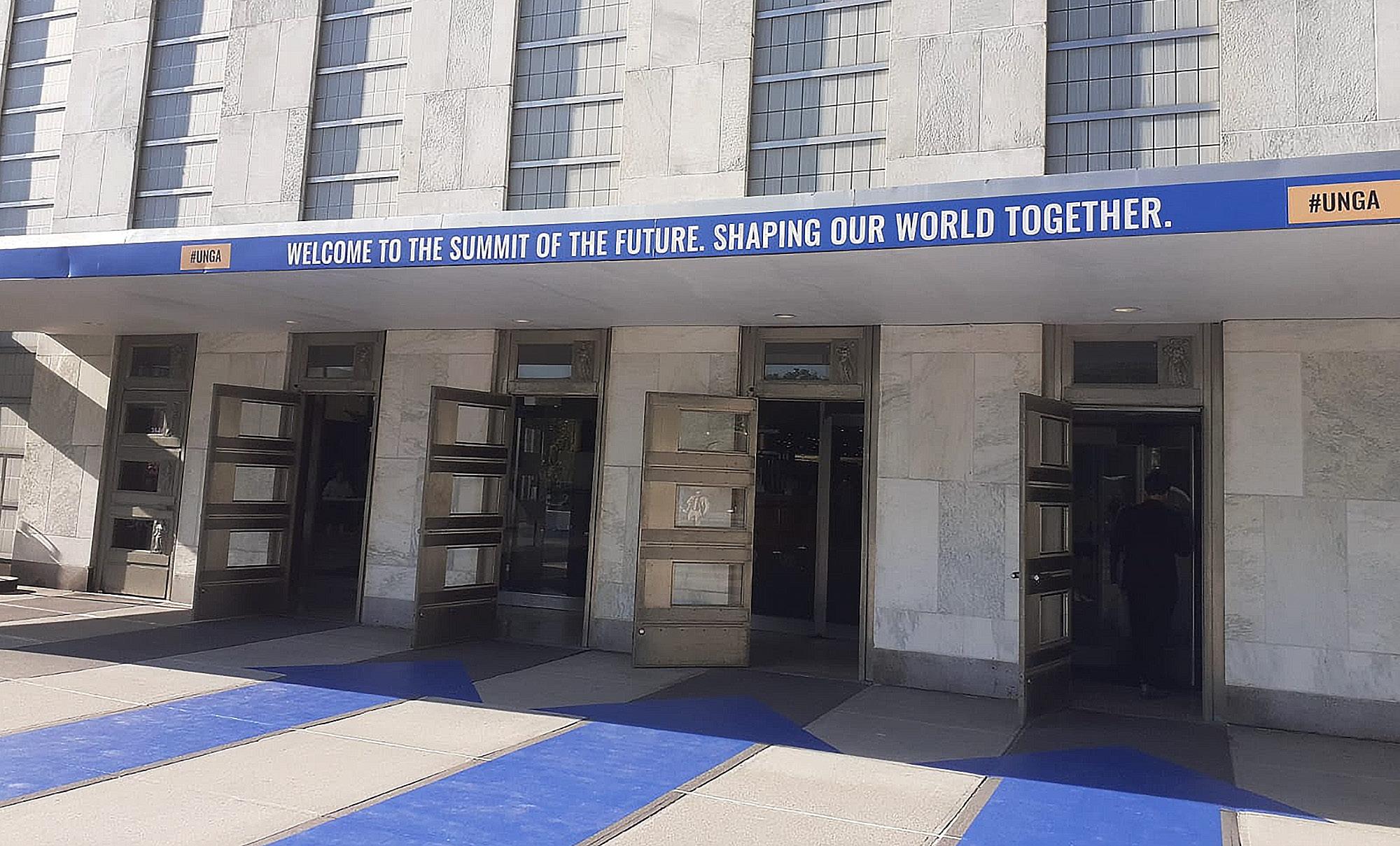
Ladies and gentlemen, esteemed colleagues and futurists, dear Holitopians!
THANK you for the opportunity to speak to you today about the profound changes shaping our field—Futures Studies, or as I prefer to say – Futures Research. We are in the midst of a transformative time, where not only our methodologies and epistemologies are evolving, but also the socio-political and environmental contexts in which we operate. As futurists and foresight practitioners, we must continuously question and challenge the assumptions that underpin our work. Today, I want to explore some of the key shifts in Futures Studies and the implications they have for how we think about our role in the world.
The field of Futures Studies has always been shaped by the changing socio-political landscape. In the 1950s and 1960s, cybernetics and system analysis dominated, focusing on technological and economic forecasting. But as we moved into the 1970s, a significant shift occurred—a “global shift”—as Futures Studies became more attuned to socio-political issues, particularly those related to ecology and sustainability. This was not just a shift in content, but a transformation in the underlying worldview.
Jennifer Gidley described the 1960s as a time when the very nature of scientific inquiry was undergoing a transformation. The positivist, modernist approach, with its emphasis on formal reasoning and specialization, gave way to post-industrial worldviews that emphasized post-positivism, integration, and holistic reasoning. This shift fundamentally changed how we approached the future—not as something that could be predicted with certainty, but as a complex, dynamic process that required flexibility, critical thinking, and an understanding of multiple perspectives.
More recently, we’ve seen the emergence of new analytical frameworks such as Postnormal Times (PNT), Static Holism (SH), and Futures Literacy (FL). These frameworks share a common critique of predictive models that rely heavily on conventional planning tools and positivist thinking. Instead, they emphasize the process of futures reasoning itself— focusing on uncertainty, complexity, and the need to create new, adaptable frameworks for understanding the future.
Since the late 1960s, environmental sustainability has been a central concern for futurists. In many ways, the ecological awareness that emerged during that time laid the groundwork for much of the contemporary discourse on sustainability. The idea of “avoiding the chasm ahead,” whether in the context of the Cold War, economic growth, or environmental degradation, became a driving force behind
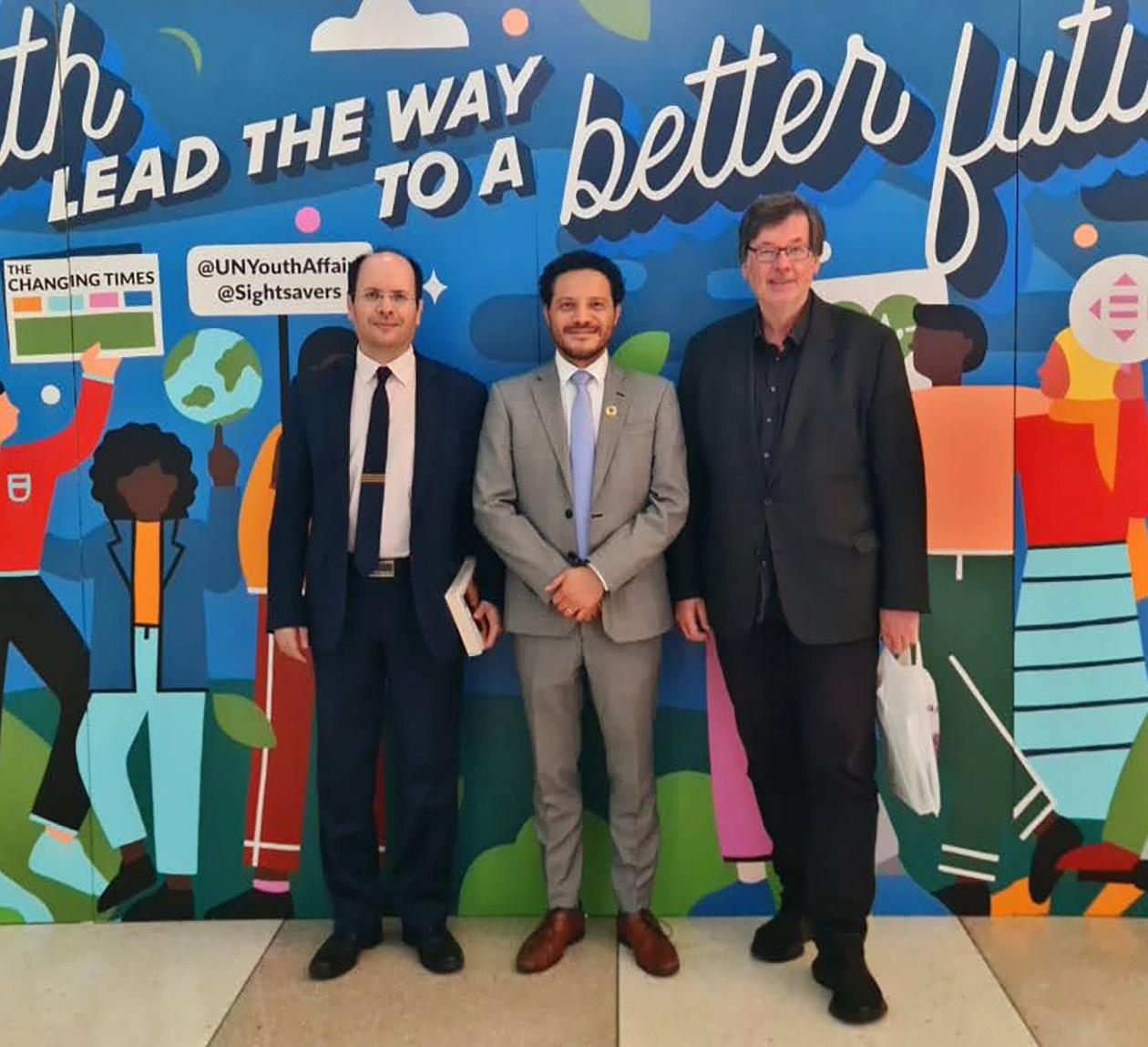
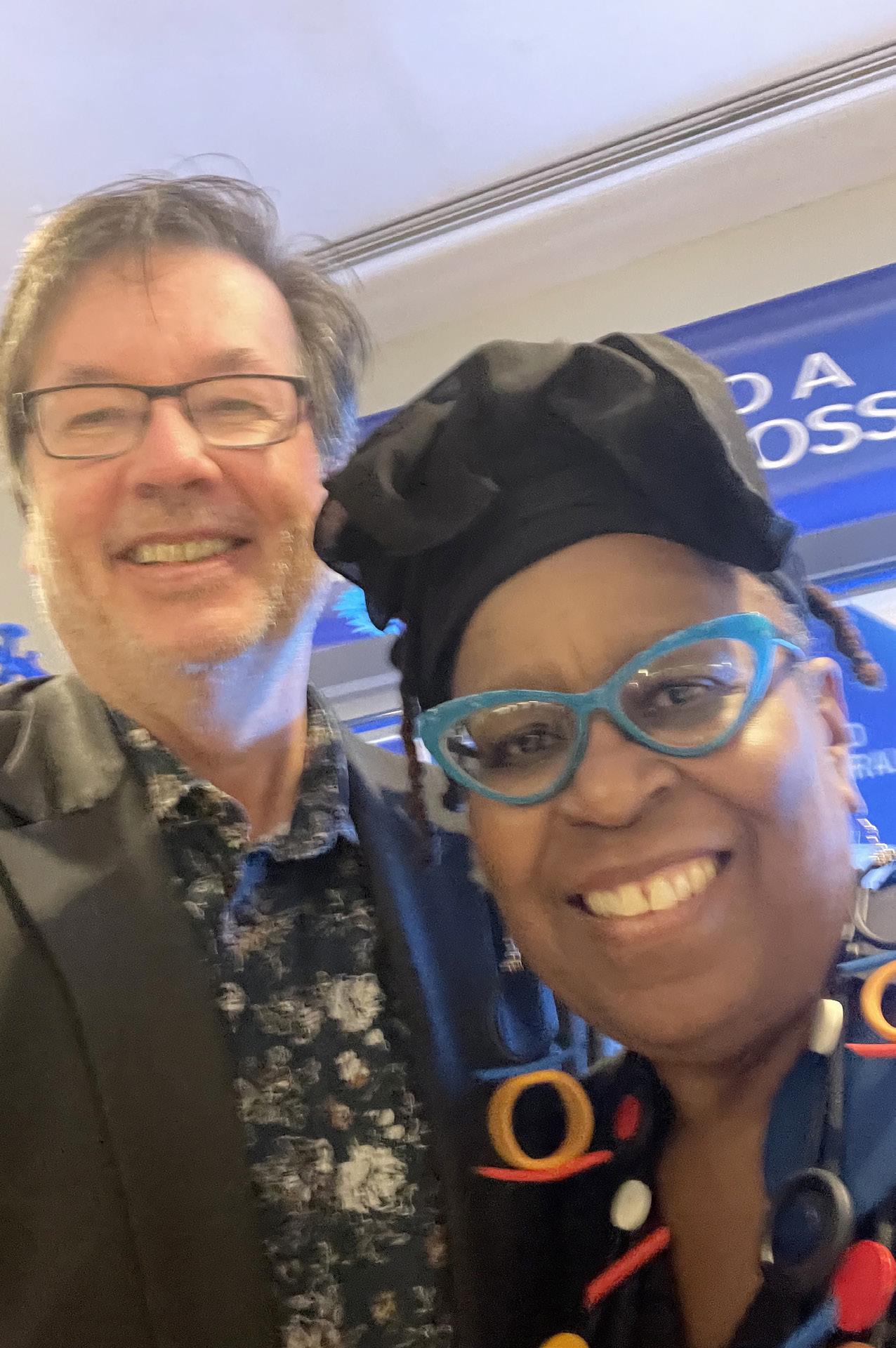
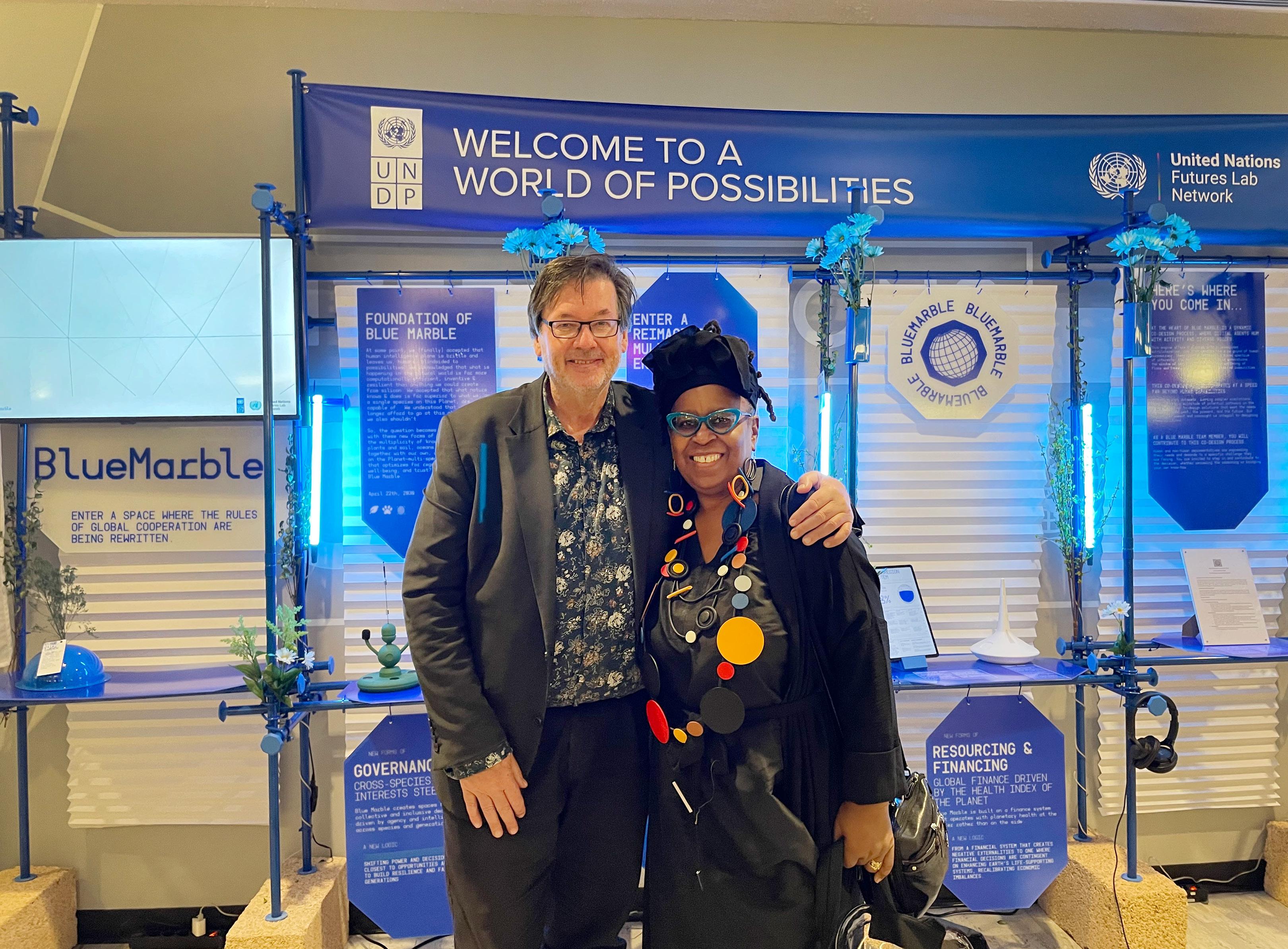
much of the foresight work being done.
Today, sustainability and climate policy are at the forefront of global political agendas. The United Nations’ 2030 Agenda for Sustainable Development, with its 17 Sustainable Development Goals (SDGs), reflects the growing urgency of addressing environmental challenges. This agenda has become a dominant force in shaping global policy, with governments, NGOs, and businesses aligning their strategies to meet these goals.
But while these efforts are crucial, I believe that as futurists, we need to look beyond the immediate focus on sustainability. Environmental and climate concerns will continue to be central to our work, but we must also think about what comes after. What happens when we move beyond the paradigm of sustainability? What new challenges and opportunities will arise? These are questions that we, as futurists, must begin to address.
There is no longer any natural environment that remain entirely untouched by human activities, and the effects of this anthropogenic influence are increasingy profound. At the same time, technologies have also gone to work on human bodies
and minds in fundamental ways, augmenting and altering our capabilities and identities.
These developments represent in sum a major shift which should be reflected into Futures Studies in the future. This is above all the changing relationship between humanity and nature. A great deal of responsibility for the Earth’s current environmental crisis has been attributed to the nature/culture duality in Western thought, but the proper remedy is not simply to write this distinction out of existence. Humans do well to remember that nature is something that we can manipulate or moderate with the suspicion that we even created and constructed the fundamental idea and expectation of a nature in itself, and not only our so called man made interventions. The idea that the nature is something-other-than-human should still have value if humans are inhabiting the world with a view to something more than taking it for a stolen highspeed joyride ending in a fiery crash. Recognizing differences
between humankind and nature is needed on one hand to acknowledge unique forms of human inventiveness and those aspects of humanity that are common across societies and cultures. On the other hand, it is also required to cultivate respect for that what nature is not, and that is you and me – the humanity – as a moral subject! The humanity create and construct itself through the construction of what they are not – nature.
In the modernist tradition, there was a clear distinction between humans (subjects) and nature (objects). This subject-object dichotomy shaped much of the scientific and philosophical thinking of the modern era. However, in recent decades, there has been a growing movement to move beyond this dichotomy and to rethink the relationship between humanity and the natural world.
This shift is evident in the rise of eco-philosophical perspectives, which emphasize the unity between humans and nature. Thinkers like Seyyed Hossein Nasr and Fritjof Capra have argued for a “resacralization” of nature, where humans reconnect with the natural world in a more spiritual and holistic way. Nasr, for example, suggests that the environmental crises we face are a result of a deeper spiritual crisis—a loss of harmony between humans and the divine. This perspective calls for a rethinking of our relationship with the natural world, seeing it not as something to be dominated and exploited, but as something to be revered and protected.
While these perspectives offer valuable insights, they also raise important questions. Can we truly achieve a harmonious relationship with nature? Or is this an idealized vision that overlooks the complexities and contradictions of human development? As futurists, we must critically examine these ideas and consider how they shape our understanding of the future. And if I am right in my thesis that the transcendental conditions of a humanity is technology, natural science and nature in itself, the construction of what we are not also indirectly make our images of a humanity possible, we definitely have to rehink the human-nature releation substantially.
The concept of the Anthropocene —the idea that humans have become a geological force shaping the planet—has further blurred the line between the natural and the artificial. In this epoch, human activity is no longer separate from nature but is deeply intertwined with it. This raises important questions about how we define what is “natural” and what is “artificial.”
As we move forward, we must grapple with the implications of this shift. The technologies we develop, from artificial intelligence to genetic engineering, are fundamentally altering the world around us. How do we navigate these changes? How


do we ensure that we maintain a balance between innovation and ethical responsibility? These are questions that will shape the future of our field.
As we look to the future, one of the key challenges we face is moving beyond the current sustainability paradigm. Sustainability has become a dominant framework for thinking about the future, but it is not the only one. We need to think about what comes after sustainability—what new frameworks and perspectives will emerge to guide our thinking in the decades to come.
One possibility is the concept of “futurability,” which seeks to go beyond the static idea of sustainability and imagine dynamic, co-evolving relationships between humans and the environment. Futurability emphasizes long-term thinking and mutualism, encouraging us to envision futures where human and natural systems interact in more sustainable and innovative ways.
However, even as we explore these new frameworks, we must remain aware of the dangers of reductionism. The desire to unify humanity and nature, while well-intentioned, can
sometimes lead to oversimplification. We must be cautious not to erase the complexities and contradictions that define our relationship with the natural world. Instead, we should embrace these complexities and use them as a basis for deeper inquiry and innovation.
So, where does this leave us as futurists? What is our role in shaping the future? I believe that our work must be guided by a commitment to critical thinking, adaptability, and creativity. We must continue to challenge the assumptions of the past while embracing new possibilities for the future.
At the same time, we must recognize that our work is inherently political. The futures we imagine are not neutral— they are shaped by our values, our assumptions, and our understanding of the world. As we engage in futures research and foresight, we must be conscious of the socio-political dimensions of our work and strive to create futures that are just, equitable, and sustainable for all.
*This brings us to a philosophical question at the heart of futures thinking: What is the role of humanity in shaping the future of nature? Should we seek to preserve it, or should we embrace our role as creators and constructors of new realities?

The problem with the resacralization of nature is that it risks blurring the distinction between what is human and what is not. It overlooks the value of maintaining a clear separation between the subject and the object—between humanity and nature—as a way of understanding and mastering the forces at play in our world.
A similar critique can be applied to the linguistic turn in philosophy, which suggests that our understanding of the world is mediated entirely through language. This view, advanced by thinkers like Jürgen Habermas, argues that we can never access the world directly, only through the linguistic structures we use to describe it. While this perspective highlights the importance of communication and intersubjectivity, it also risks losing sight of the objective reality that underlies our experiences. Nature, in this view, becomes something we construct through language, rather than something we interact with and shape through our actions.
Finally, let us consider the proliferation of “post-” perspectives that have dominated much of recent futures thinking. Postmodernism, postcolonialism, postindustrialism, and other “post-isms” all share a common thread of rejecting grand narratives and universal truths. Instead, they emphasize the fragmented, contingent nature of reality. While this critique
of modernism has been valuable in many respects, it has also led to a sense of paralysis. Without a shared framework for understanding the world, it becomes difficult to imagine a coherent future.
As we look to the future of Futures Studies, I believe it is time to move beyond these post-modern critiques and rediscover a sense of direction. We must find a way to reintegrate the human and the natural, the subjective and the objective, without falling into the traps of reductionism or relativism. This requires a new kind of futures thinking—one that is not merely reactive to the present, but proactive in shaping the future. My two cents to this discussion is ther term „universal perspectivism“. Perspectivism to match the postmodern turn, and ‚universal‘, to acknowledge the need for humanity create universal narratives, about ourselves, about the nature and about the world!
In conclusion, the field of Futures Studies is changing, and with it, our responsibilities as futurists. We must continue to evolve, to question, and to innovate. By doing so, we can ensure that we are not just repeating conventional wisdom if not predictions, but actively shaping it as a nuniversal act throughout a forest of differentiations.
Thank you for your attention!




By Brenda K. Kim


THE future of the world relies on every one of her children, To restore the losses and what has been taken. I can feel her pain, hear the tears in her voice, In every response to her past, But here is hope, talking from Africa’s pride.
The blue, the green, the wild once meek, now strong. Brick by brick, we’ve built day by day.
Yet it was well worth the risk, for we put the world back onto its feet.
Active as activists, glad to see her rise.
From a journey where half were lost, and the others barely survived.
Nairobi, the city of dreams awaits.
Where hope first sees the light of day, born from rivers and streams.
We build, we strive, with the future in mind. Dream of a world that is steady and kind.
We, the youth, observe and learn, as children do, The world’s lessons are now ours to see and hold. Global conflicts drift toward us in the air,

Yet we, the youth, understand our future’s role. The UN Summit calls us to take a stand, For we must shape the future together with a shared purpose.
Our voices must echo in the halls of power. For in the youths is the future.
In Kenya, we care for the earth and sky. Gazing at the land with hopeful eyes.
It’s more than a goal, it’s life’s true rhythm, From the mountains to the shore, we envision, A future where nature is healed and alive.
It’s time to spread the word and raise awareness. To come together as her children, unyielding. We choose her end, or we make her endless, For every action carries the weight of consequence.
Let the passion that sustained her now guide our purpose.
It’s not too late to act, to change our path to gold.
I’ll never let the will slip from my hands.
A green future, born from Nairobi’s streets, Reaching out to all corners of the world, eager to meet.




Main Cover Image - olli-kilpi - Unsplash
Inside Cover Image - matt-howar - Unsplash
Pages 4-5 - Leonardo Yip - Unsplash
Pages 6-7 - pawel-czerwinski- Unsplash
Page 8-9 - mathias-reding - Unsplash
Pages 10 - eugene-golovesov - Unsplash
Page 11 - Freepik
Page 12 - Freepik
Pages 13 - john-cameron - Unsplash
Pages 14 - ren-ran- Unsplash
Pages 15 - Freepik
Page 17 - david-matos - Unsplash
Page 17 - vimal - Unsplash
Page 18-19 - nick-iliasov - Unsplash
Page 20 - Freepik
Page 21 - Freepik
Page 23 - Freepik
Page 24 - Freepik
Pages 25 - robin-worrall - Unsplash
Page 26 - joshua-rawson - Unsplash
Page 28-29 - Freepik
Page 30 - Filmuni website
Page 31 - Freepik
Page 28-29 - Freepik
Page 28 - jeswin-thomas - Unsplash
Page 29 - alvaro-reyes - Unsplash
Page 30 - Freepik
Pages 31 - Freepik
Page 32 - Freepik
Page 33 - Freepik
Pages 33 - Freepik
Pages 34-35 - Freepik
Page 36-37 - bernd-dittrich - Unsplash
Page 36 - evangeline-shaw - Unsplash
Page 38 - john-cameron - Unsplash
Page 39 - jepretualang - Unsplash
Page 40-41 - deux-cosmetiques - Unsplash
Pages 46-47 - susan-wilkinson - Unsplash
Page 48 - karsten-winegeart - Unsplash
Page 49 - vignolo-design - Unsplash
Page 50 - Freepik
Pages 51 - Freepik
Page 52 - Freepik
Pages 53 - wolfgang-hasselmann - Unsplash
Page 54 - Freepik
Page 55 - Freepik
Page 56 - Freepik
Page 57 - Zoetix Media
Page 59 - equalstock - Unsplash
Page 60 - Freepik
Page 62-63 - Freepik
Page 64-65 - Freepik
Page 70-71 - Freepik
Page 75 - alan-rodriguez - Unsplash
Page 78-79 - pawel-czerwinski - Unsplash
Page 80-81 - Unsplash, Pixabay, Freepik Ai
Page 82-83 - Tobias - Unsplash
Page 84 - pawel-czerwinski - Unsplash
Layout Artist: Jeremae
Jumao-as
To secure a world of inclusive prosperity, we need a shared story of transformation—our creation myths need reimagining, we need to reset our futures.
- Claire A. Nelson -

Visit us at WFSF.org twitter: @worldfutures
www.linkedin.com/company/world-futures-studies-federation/